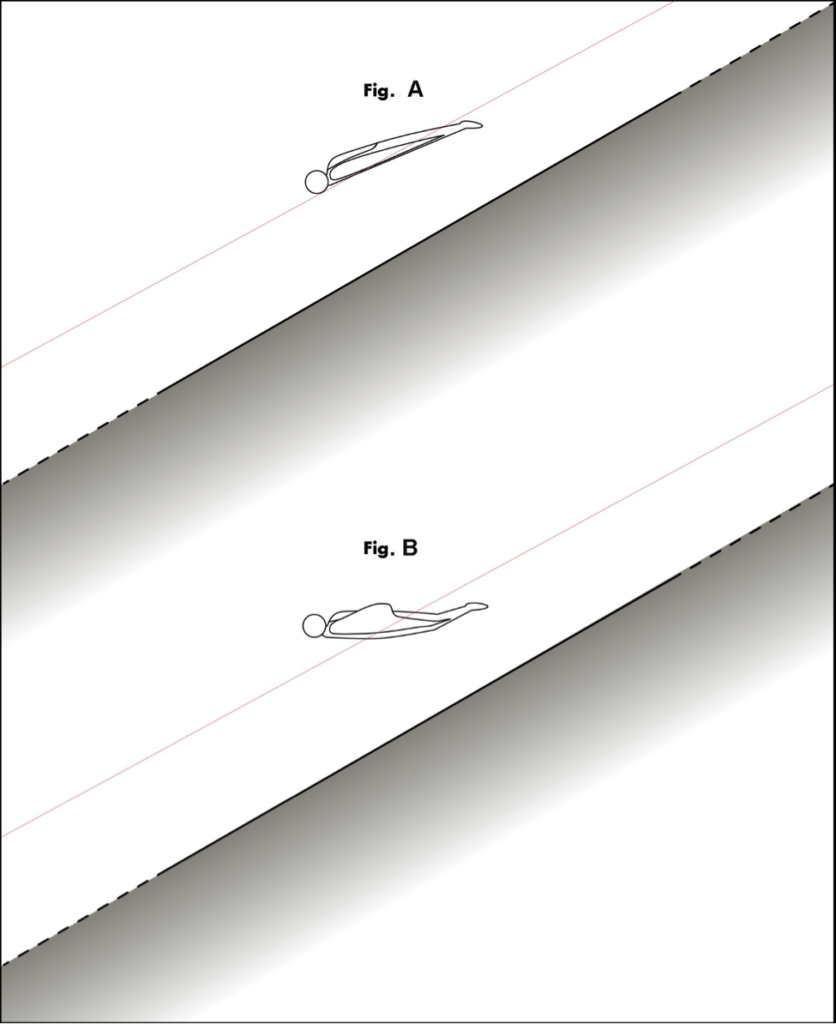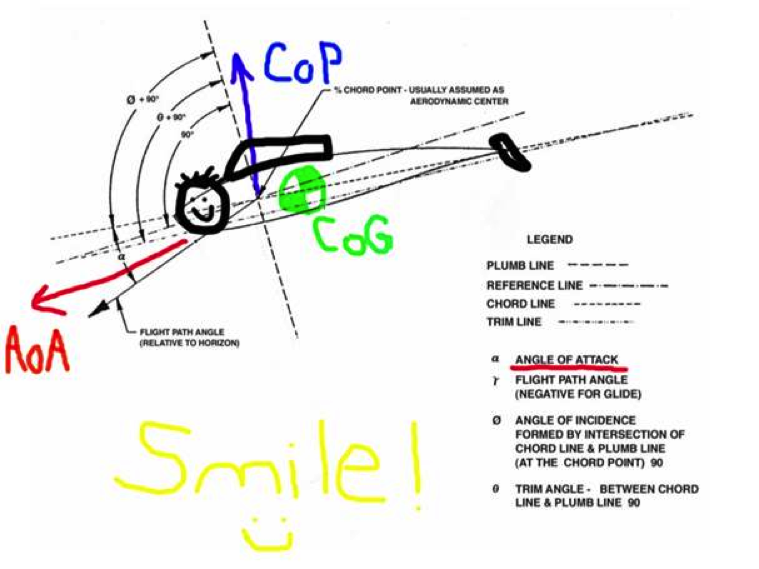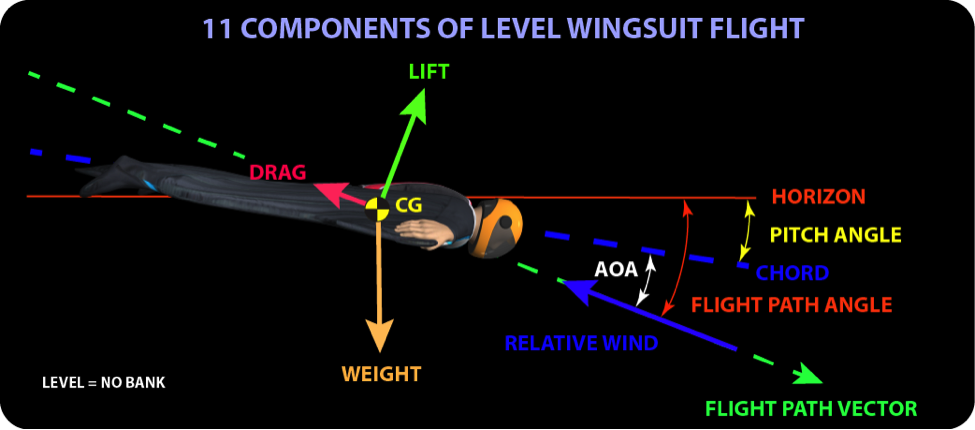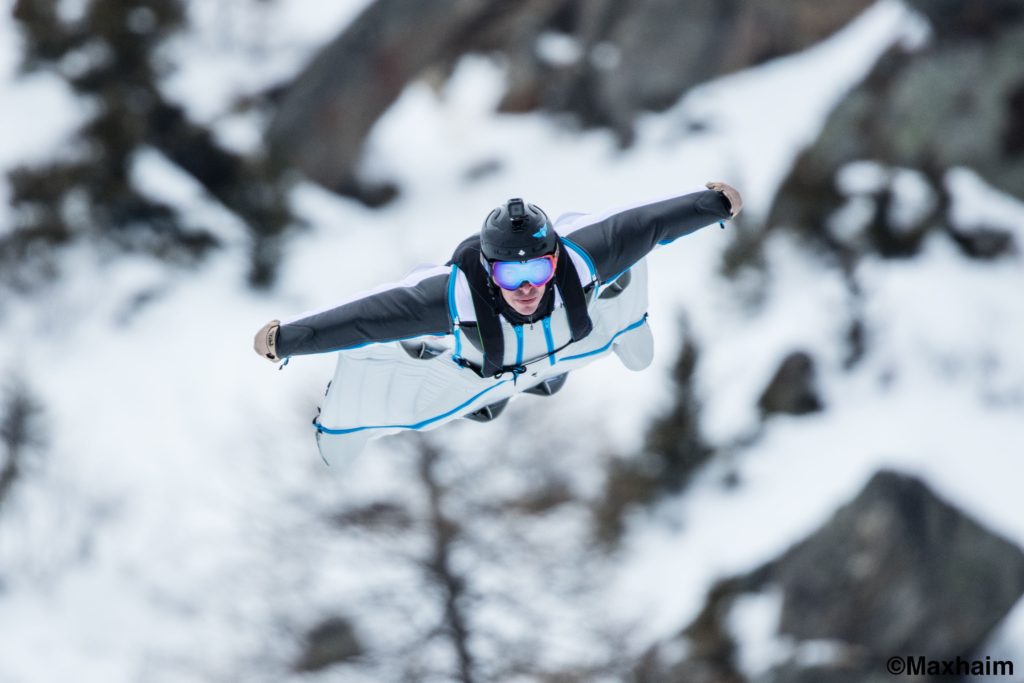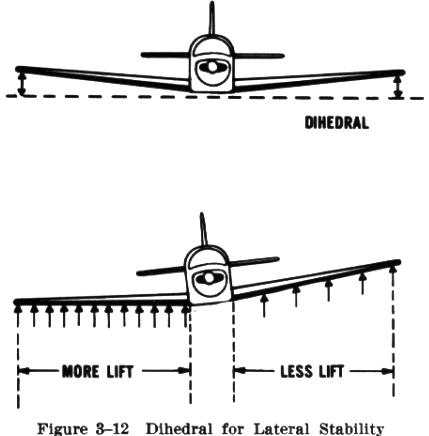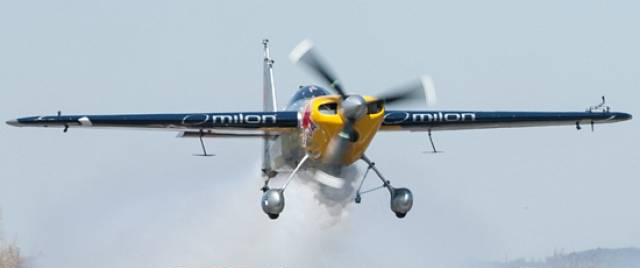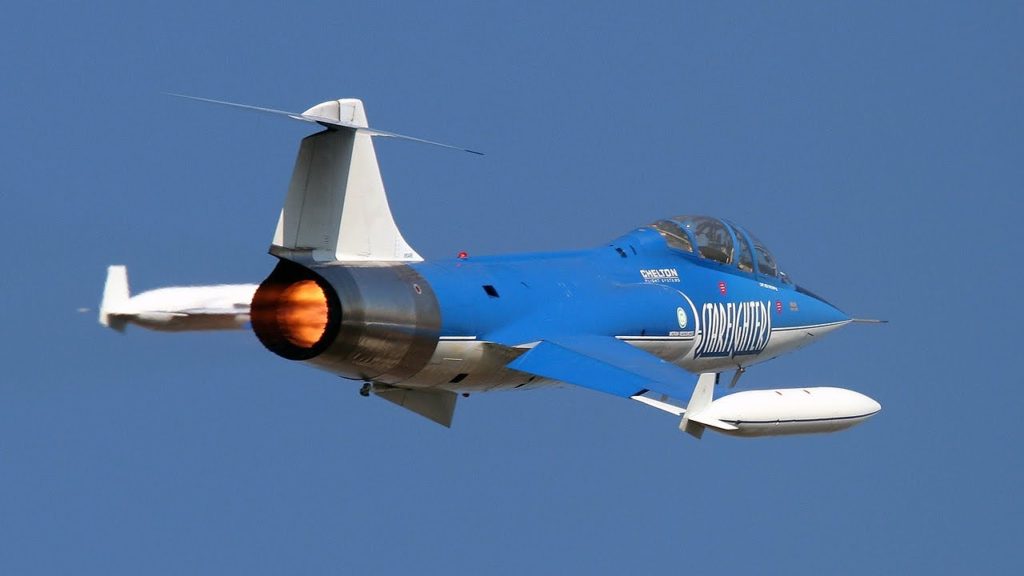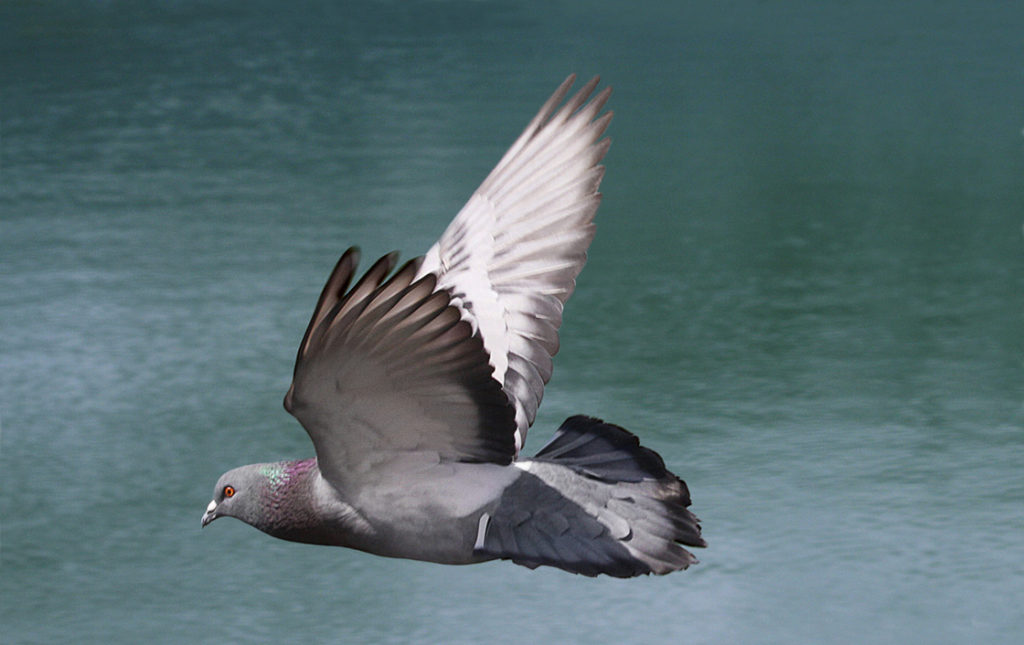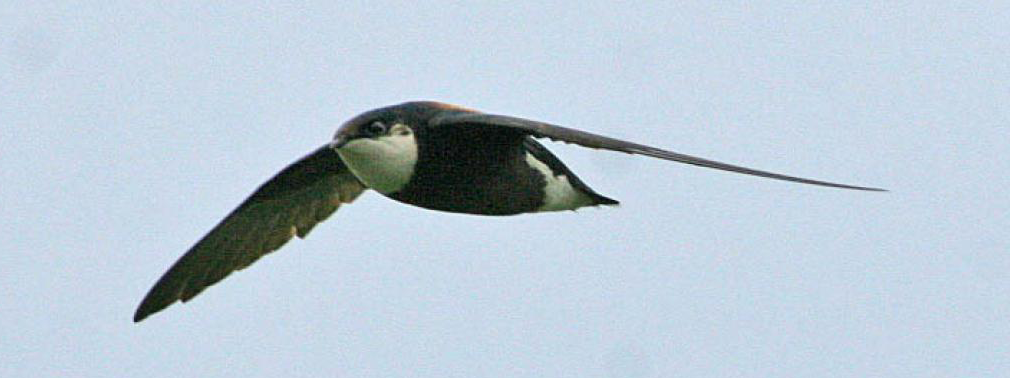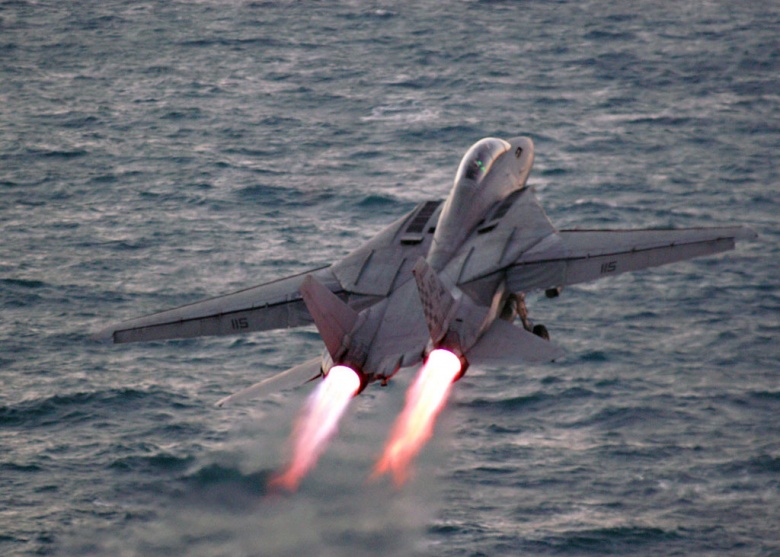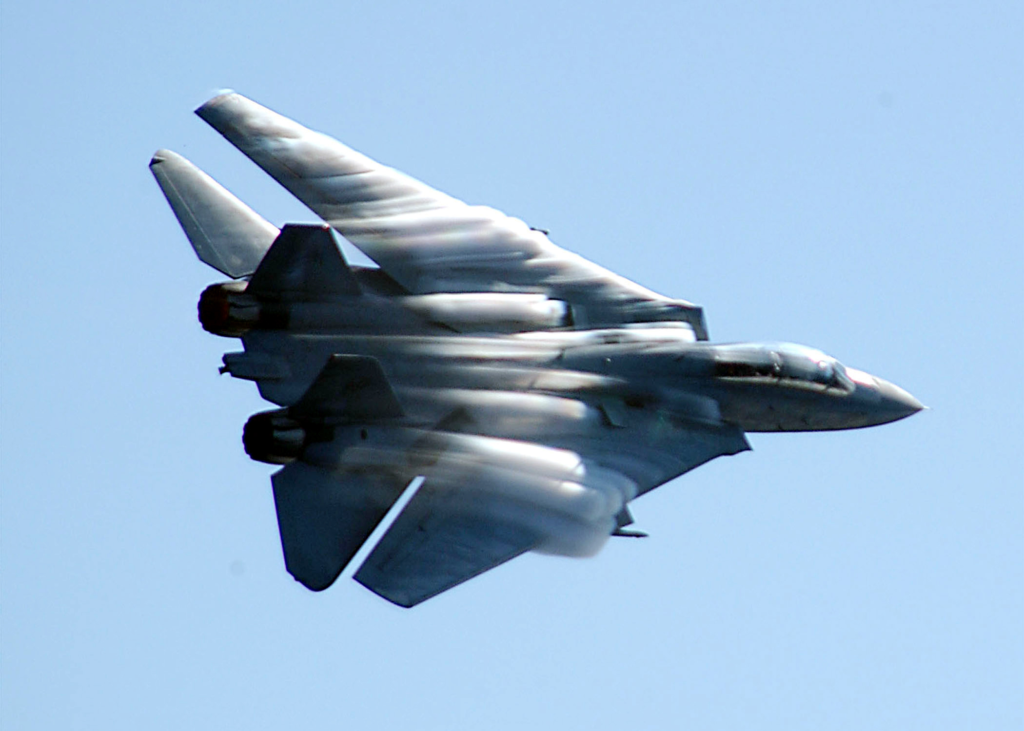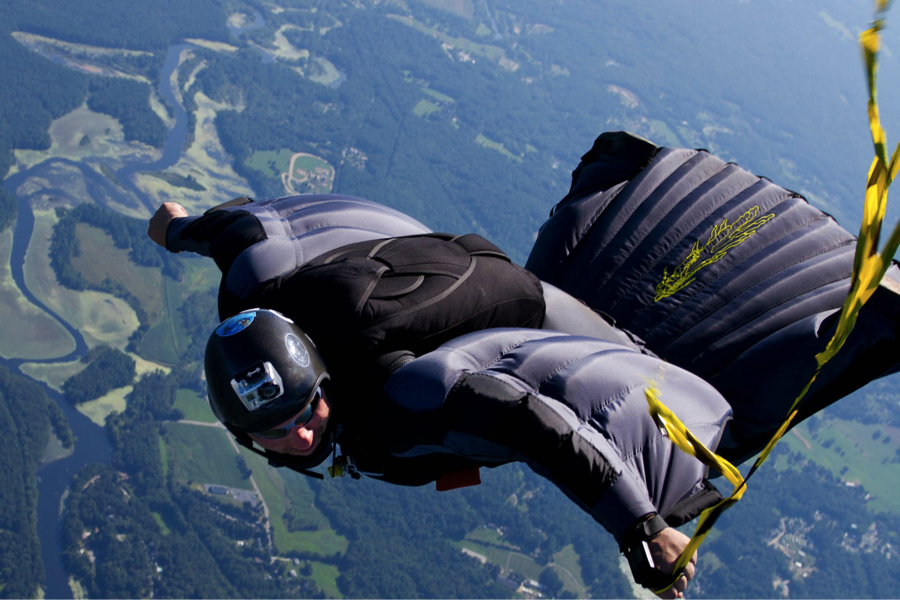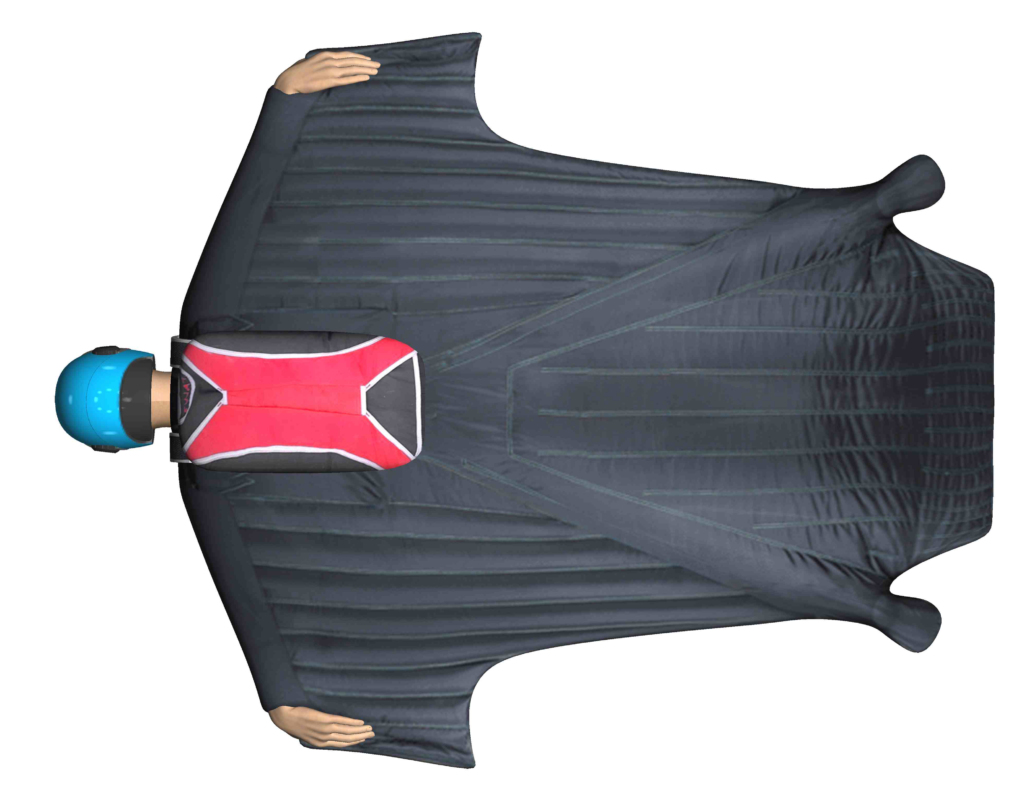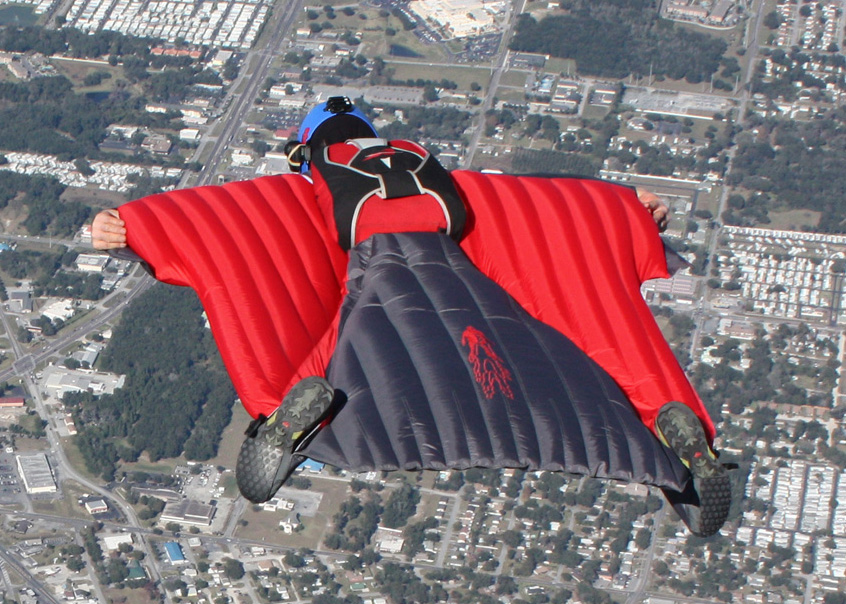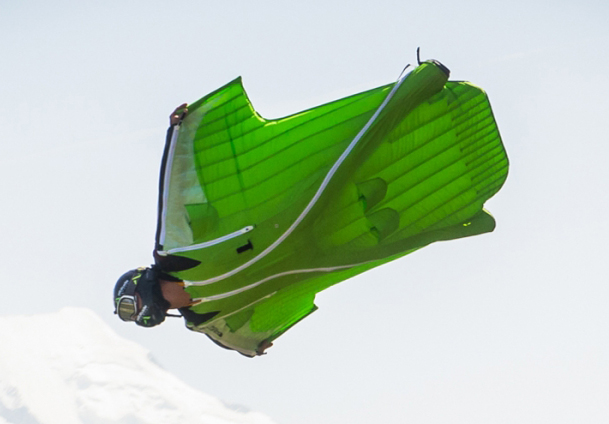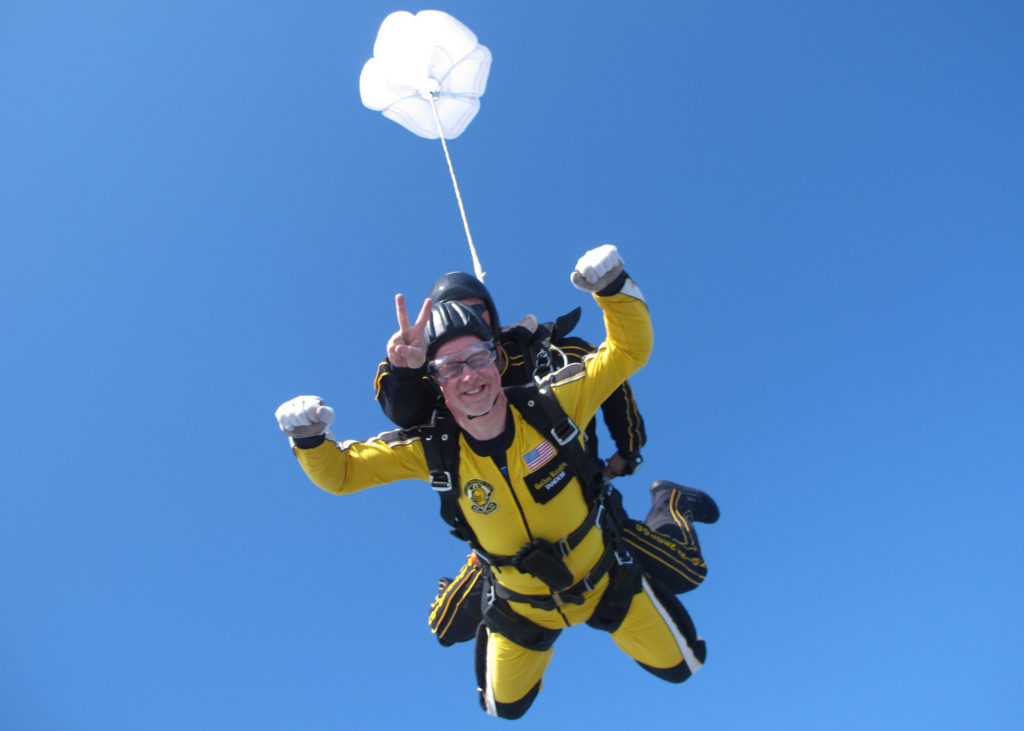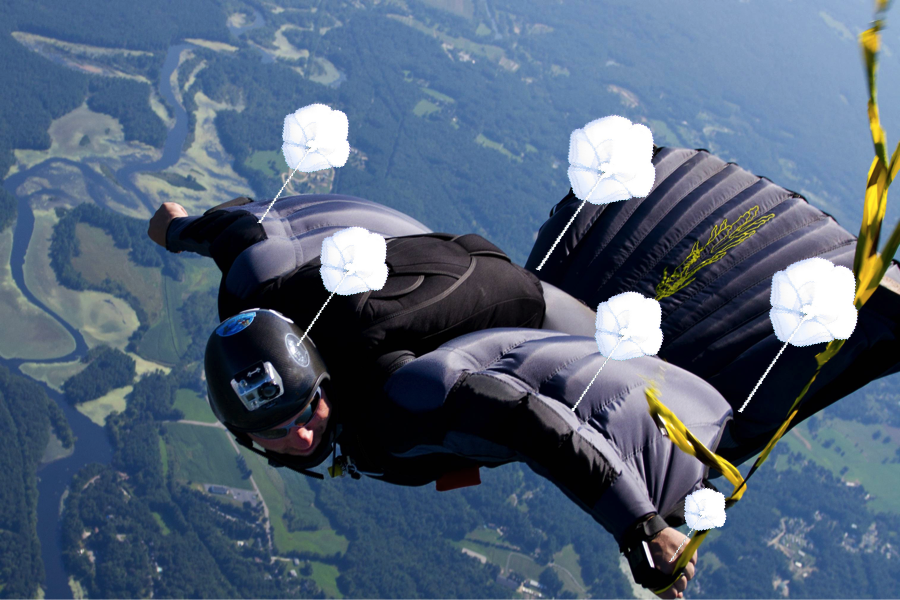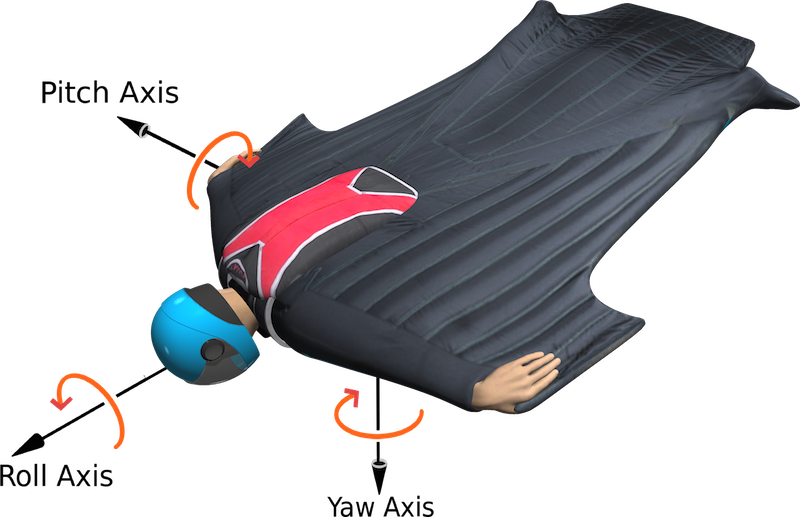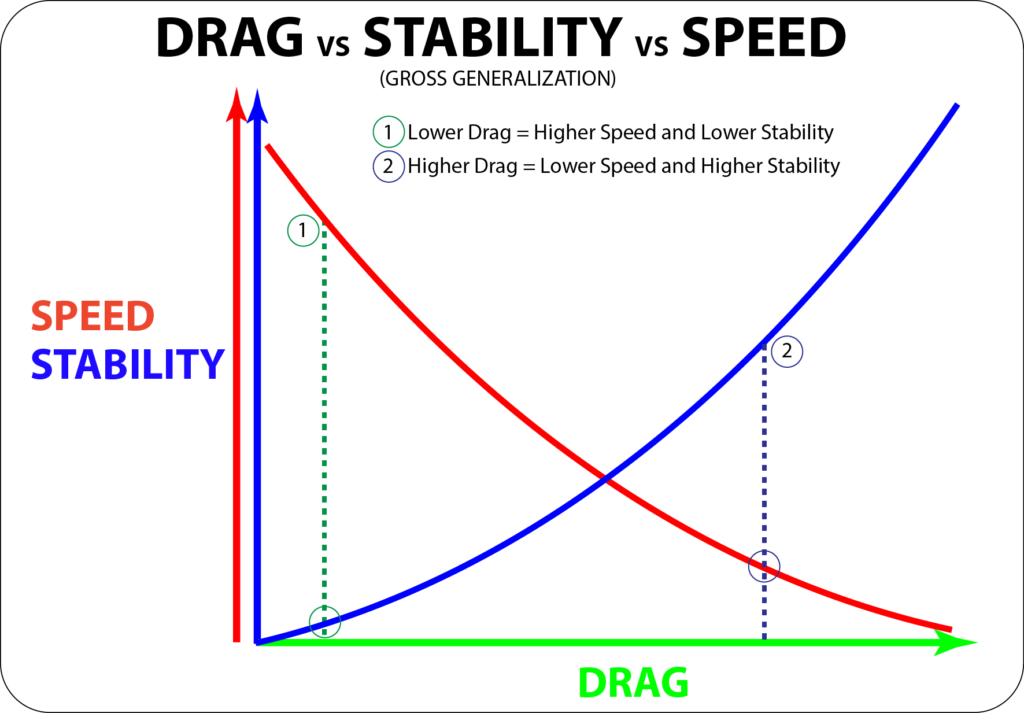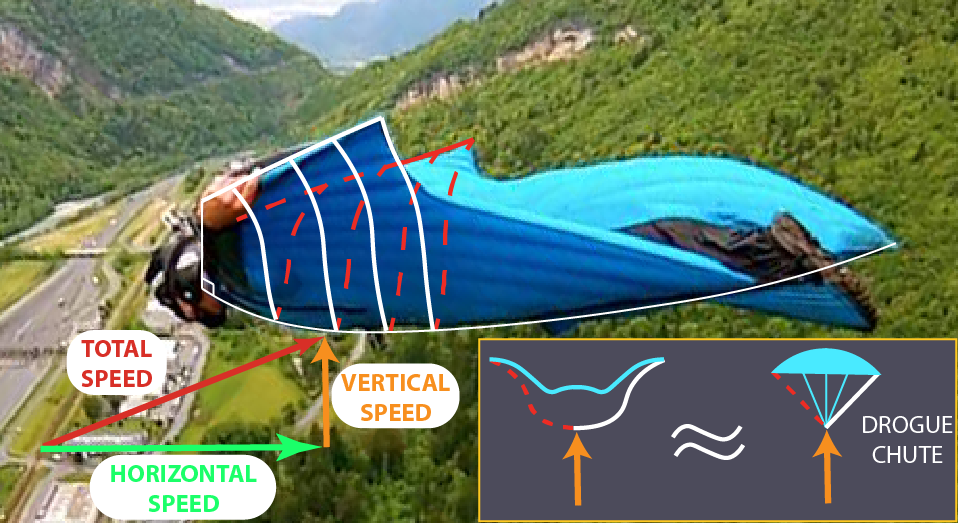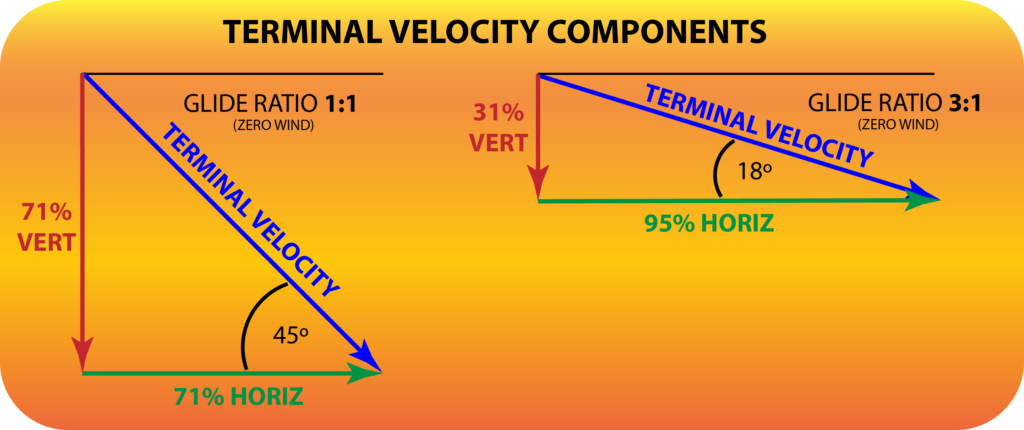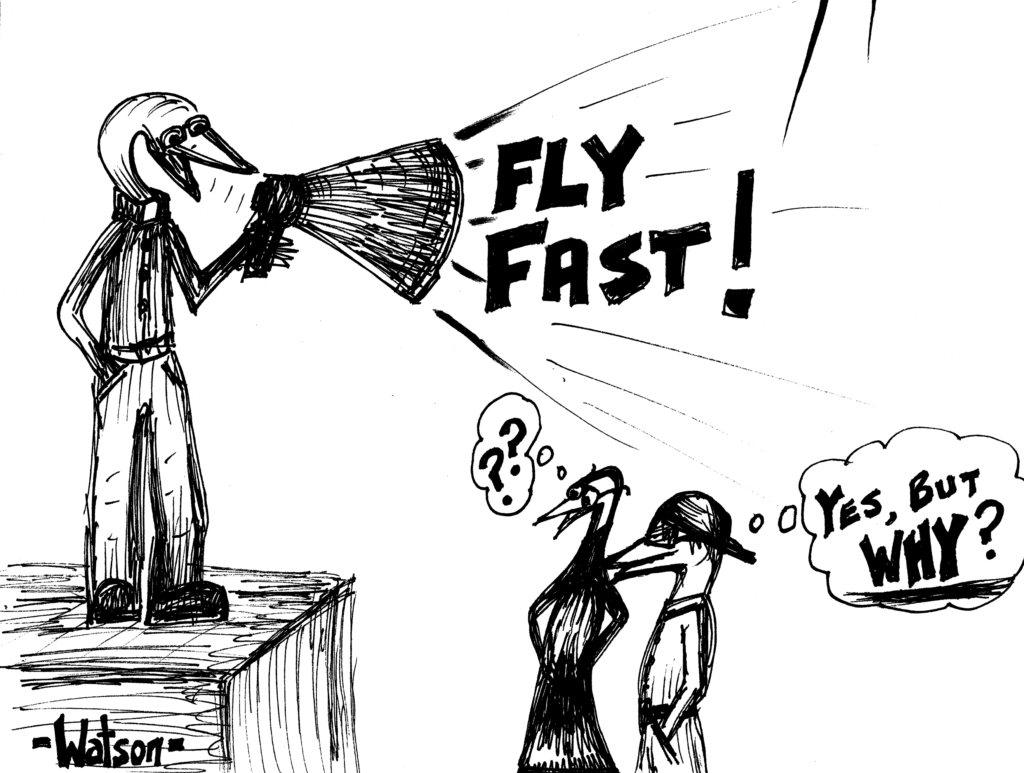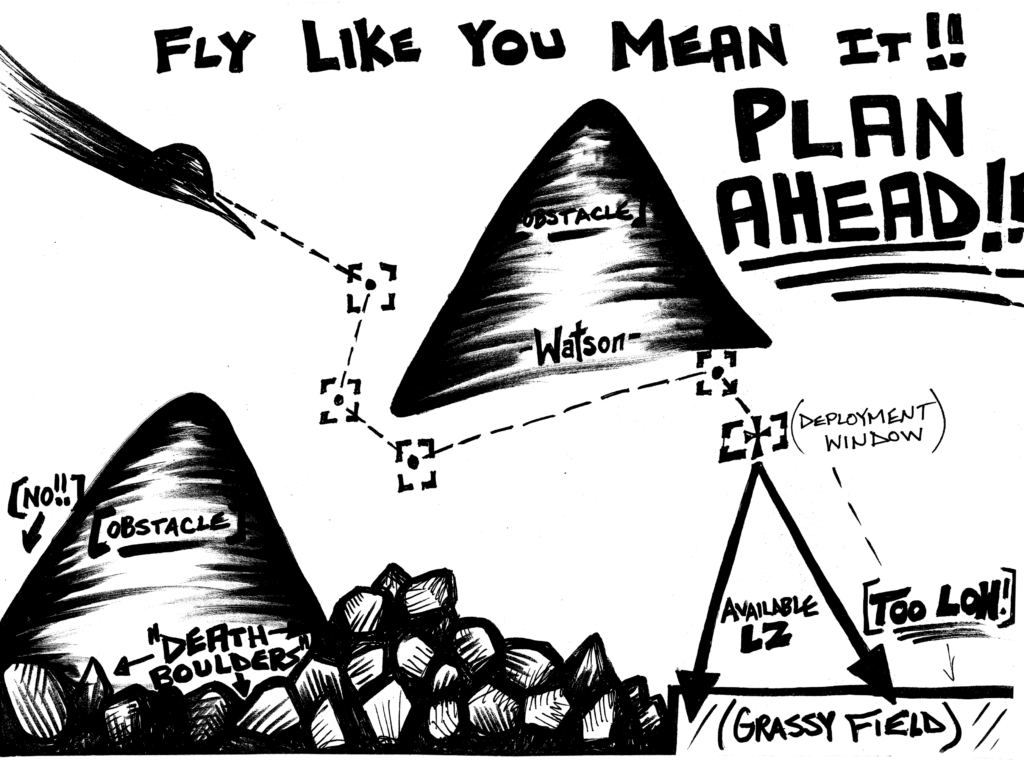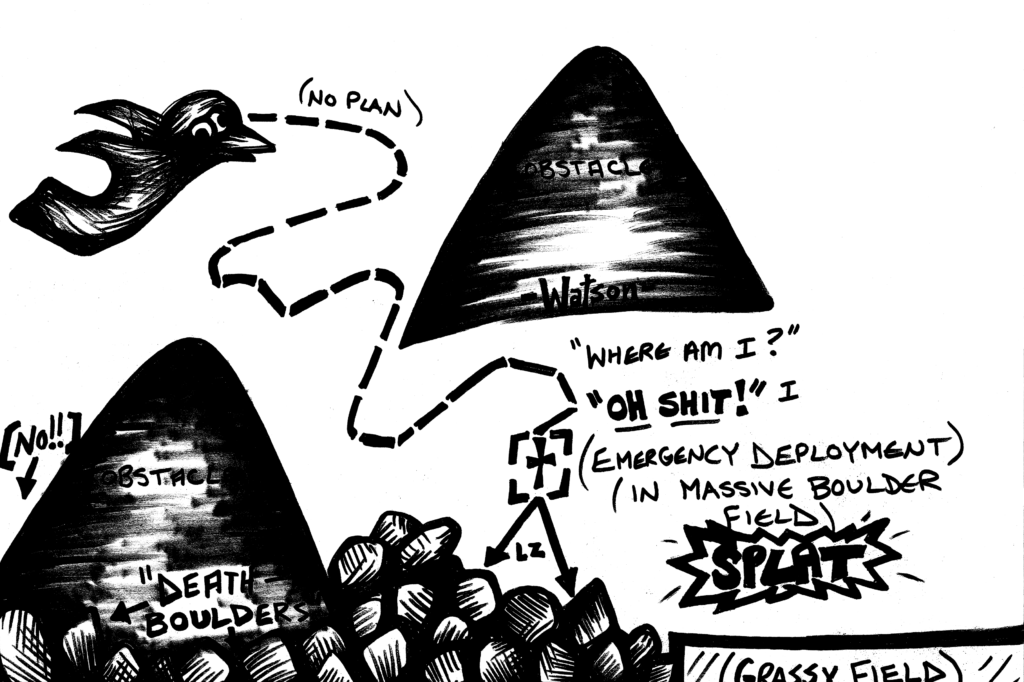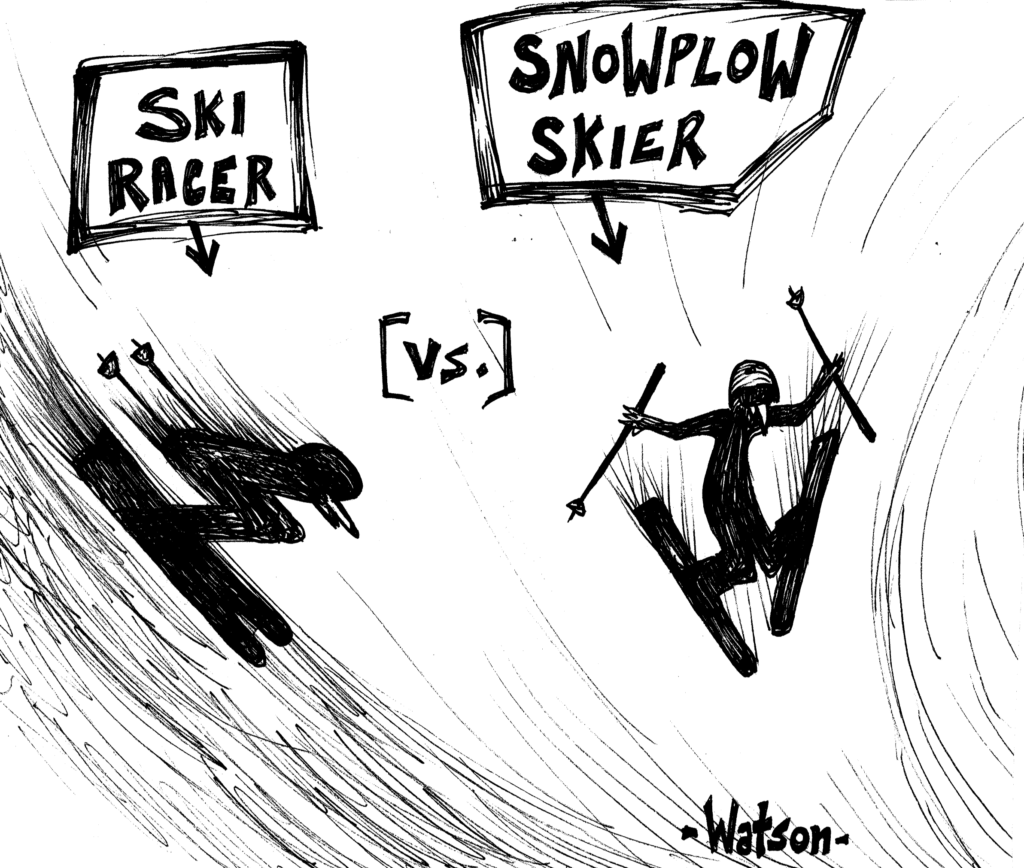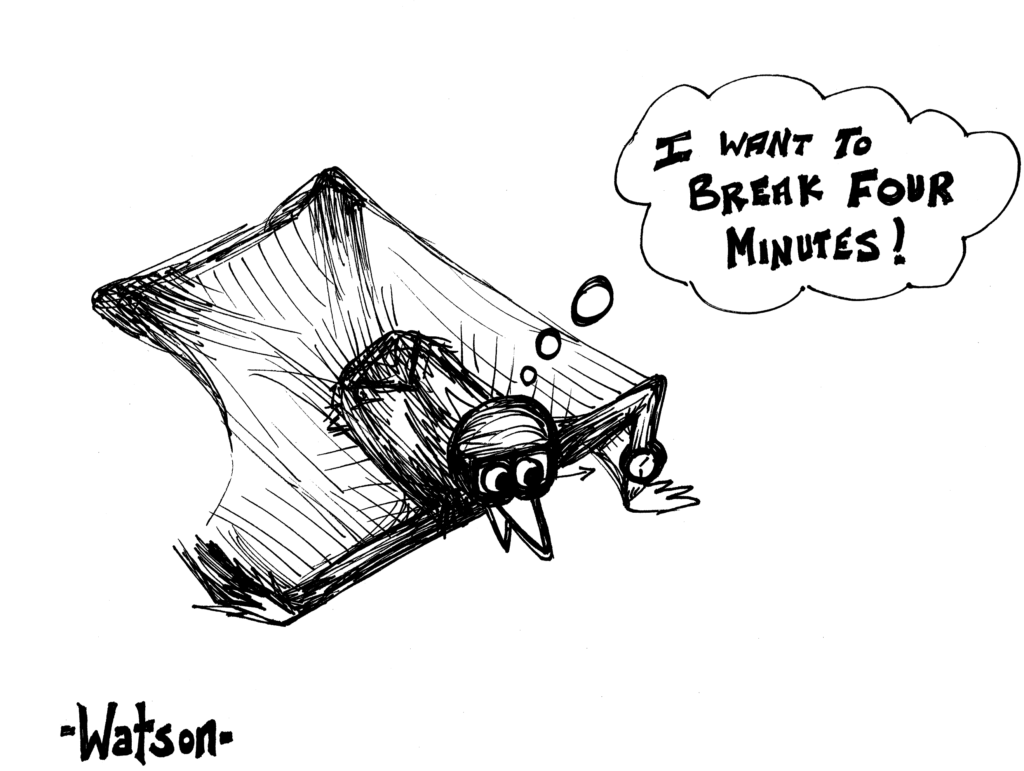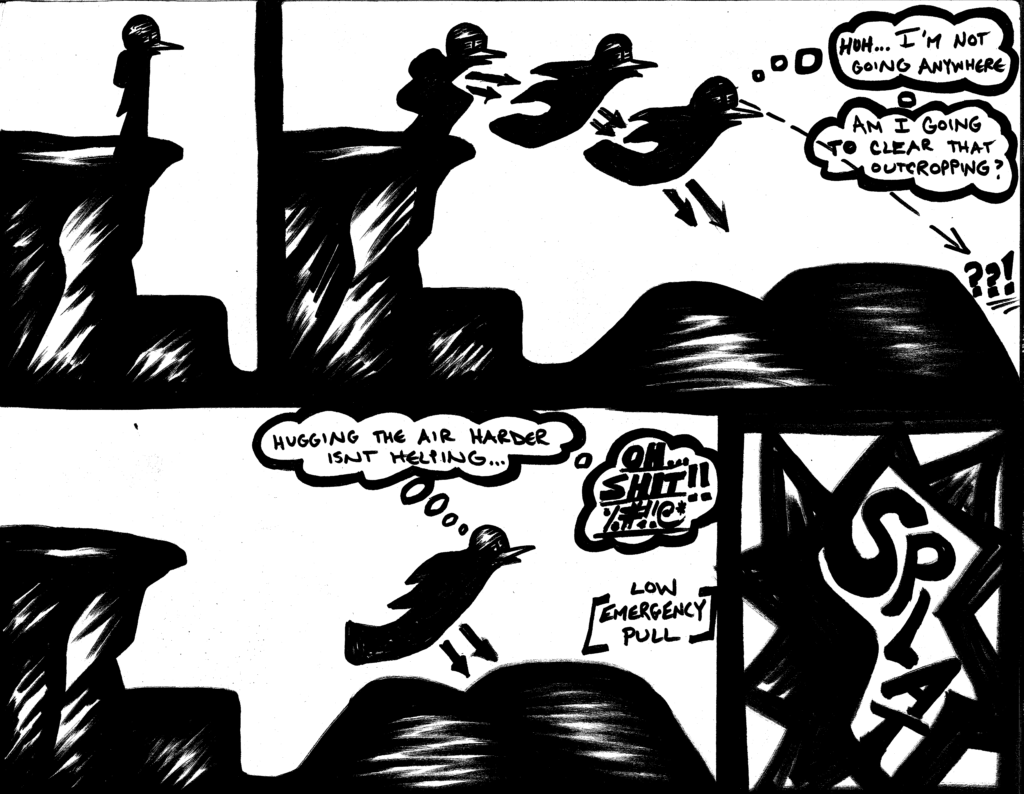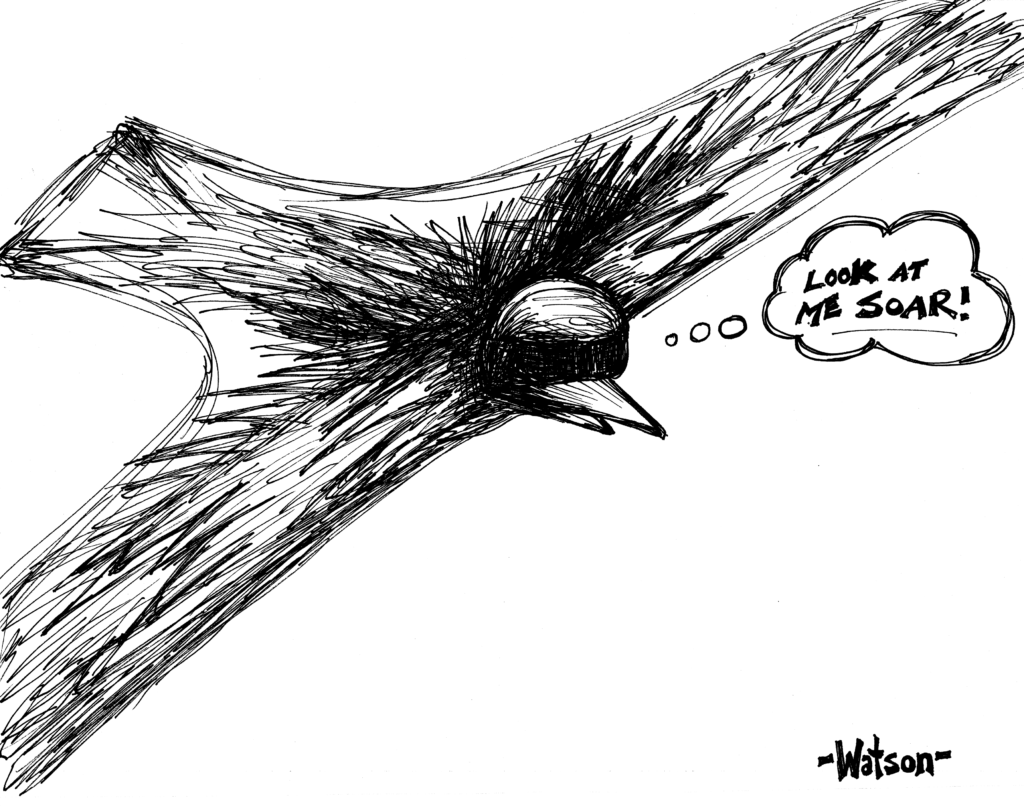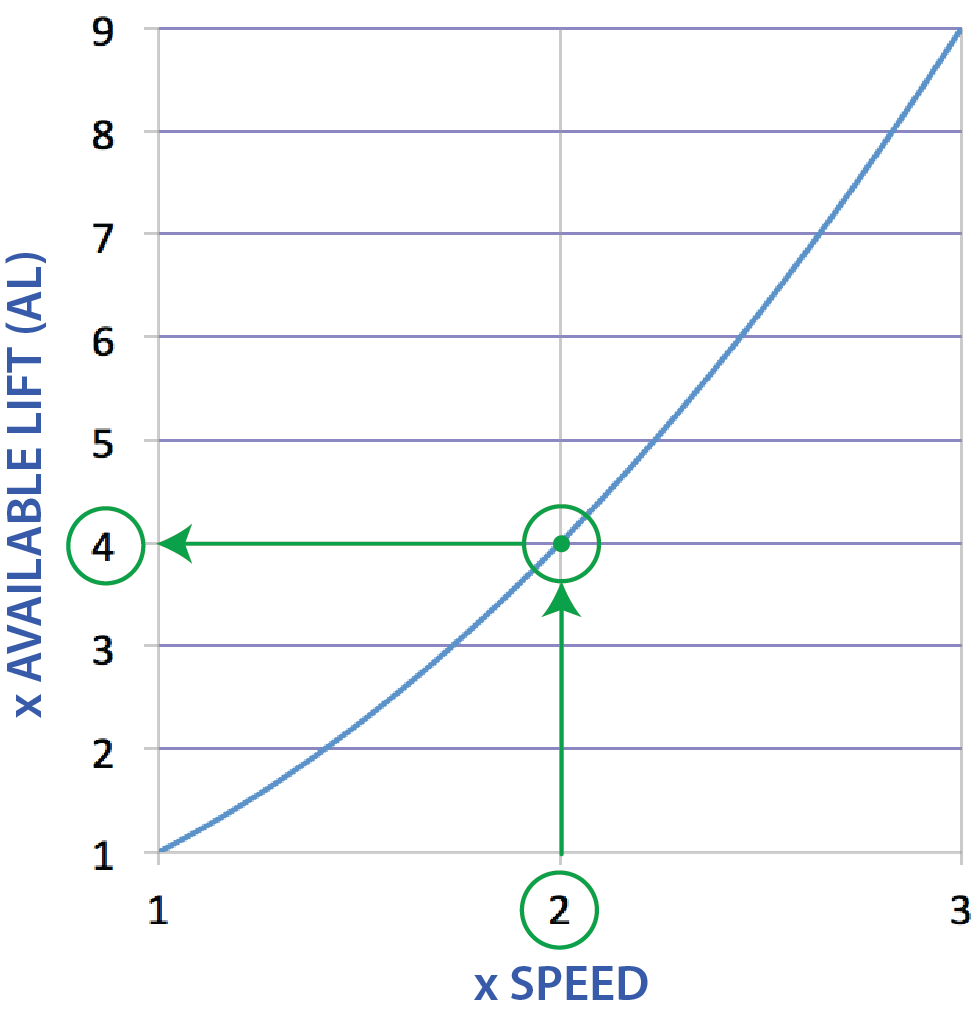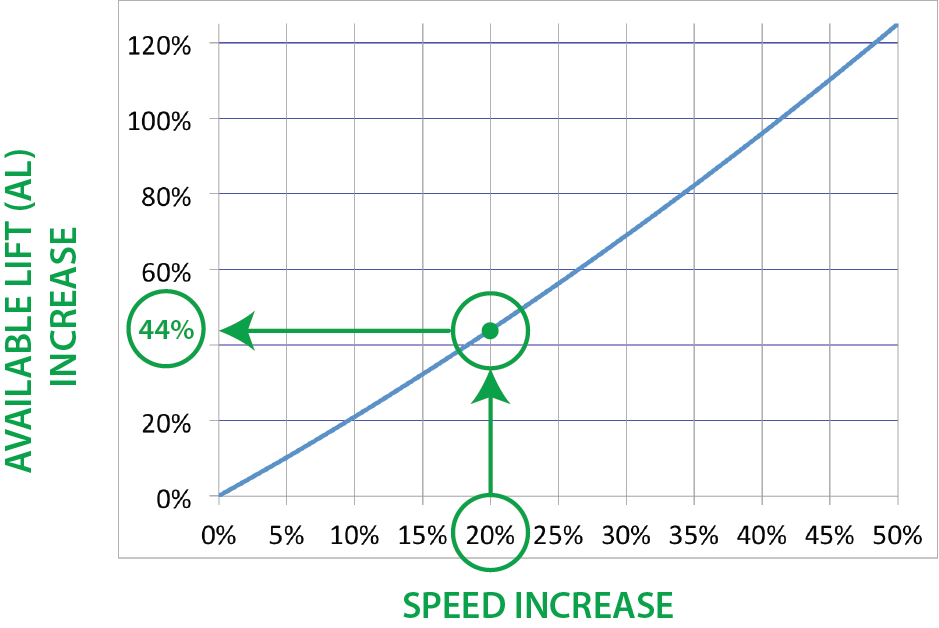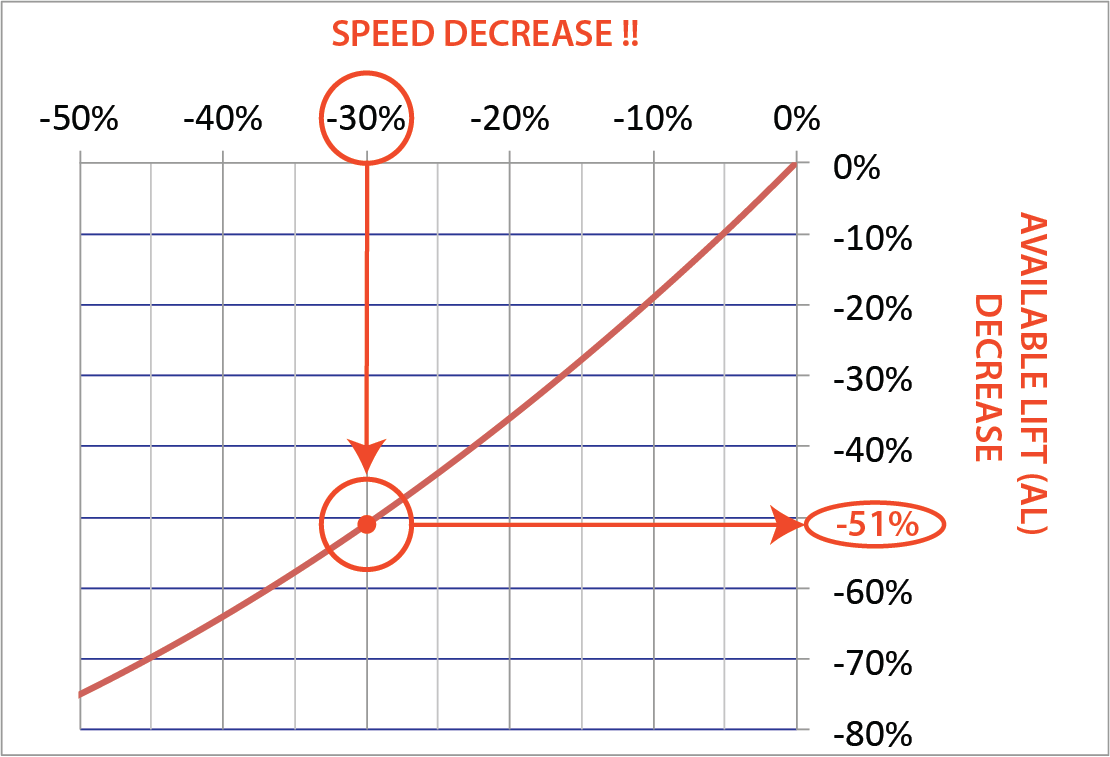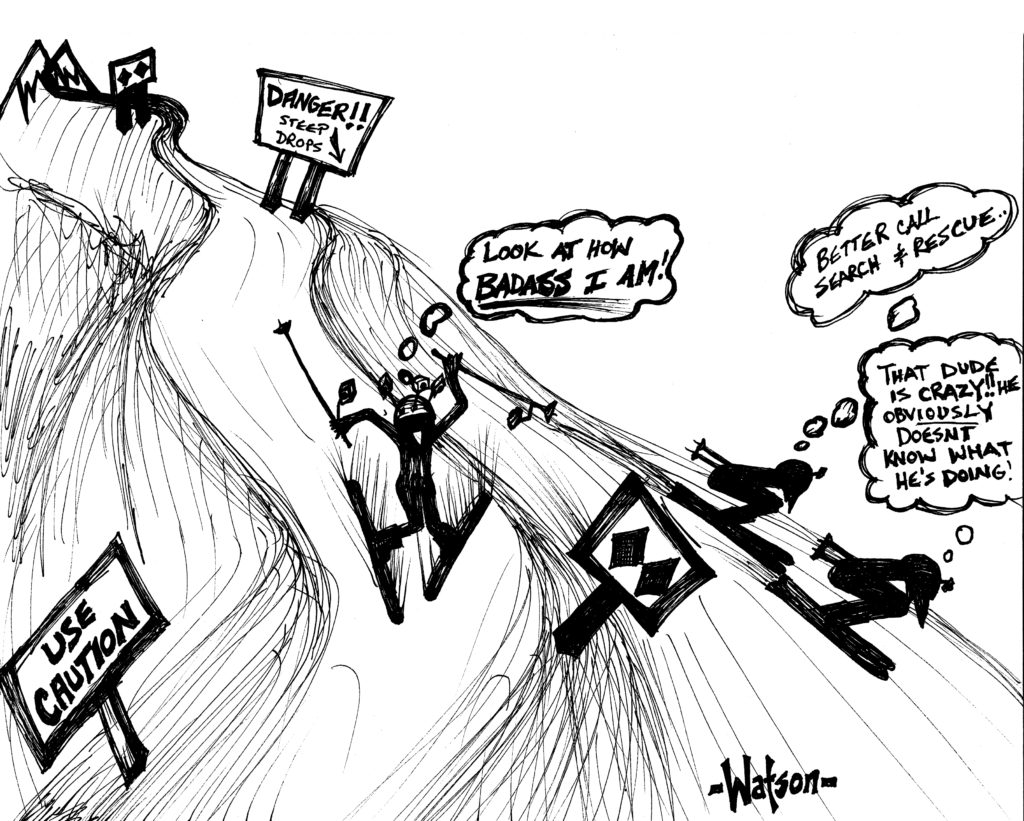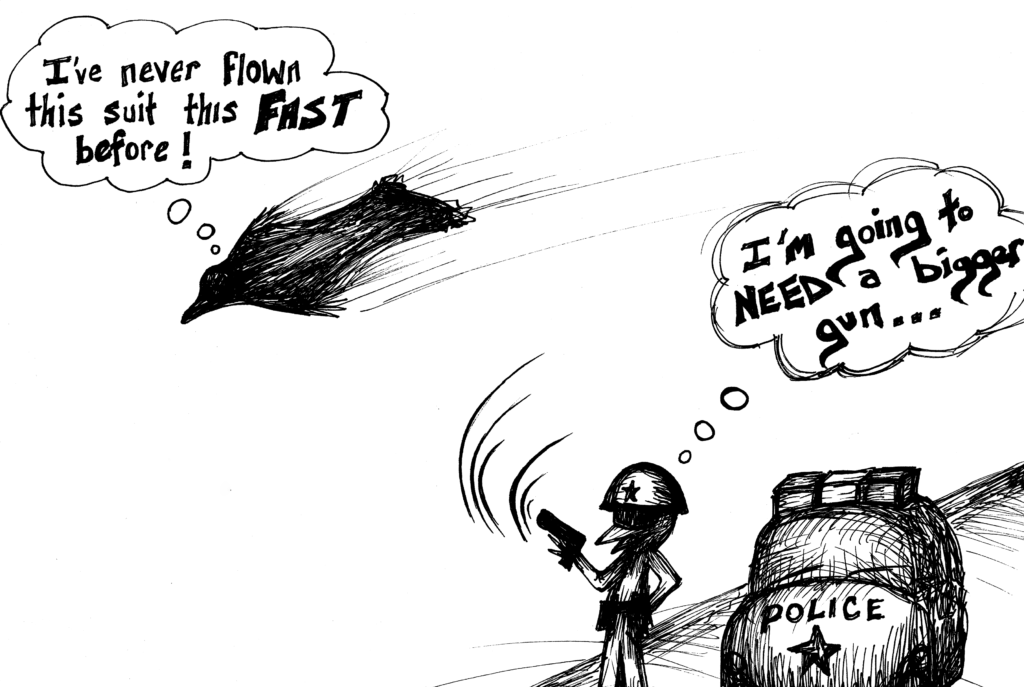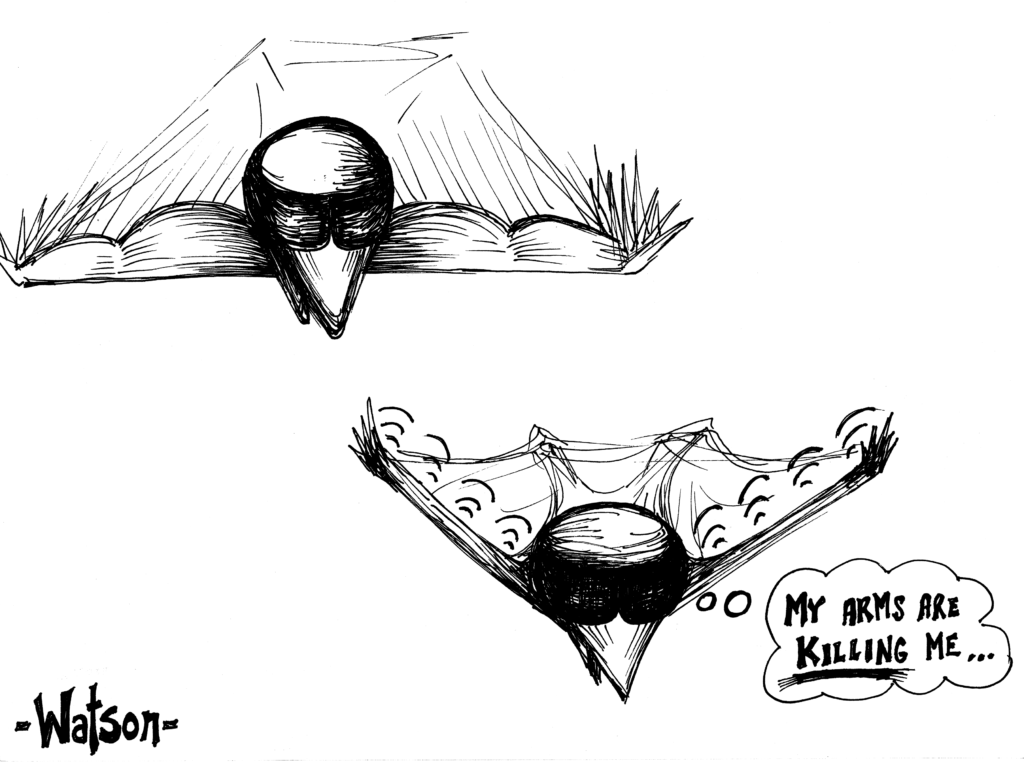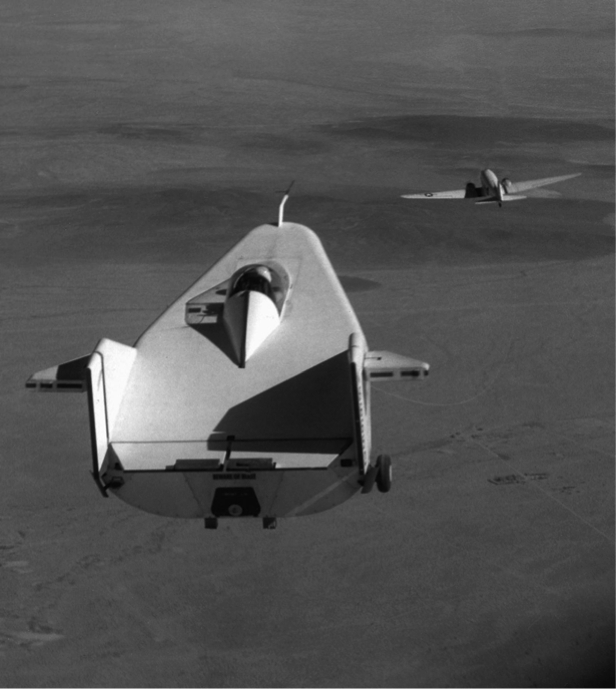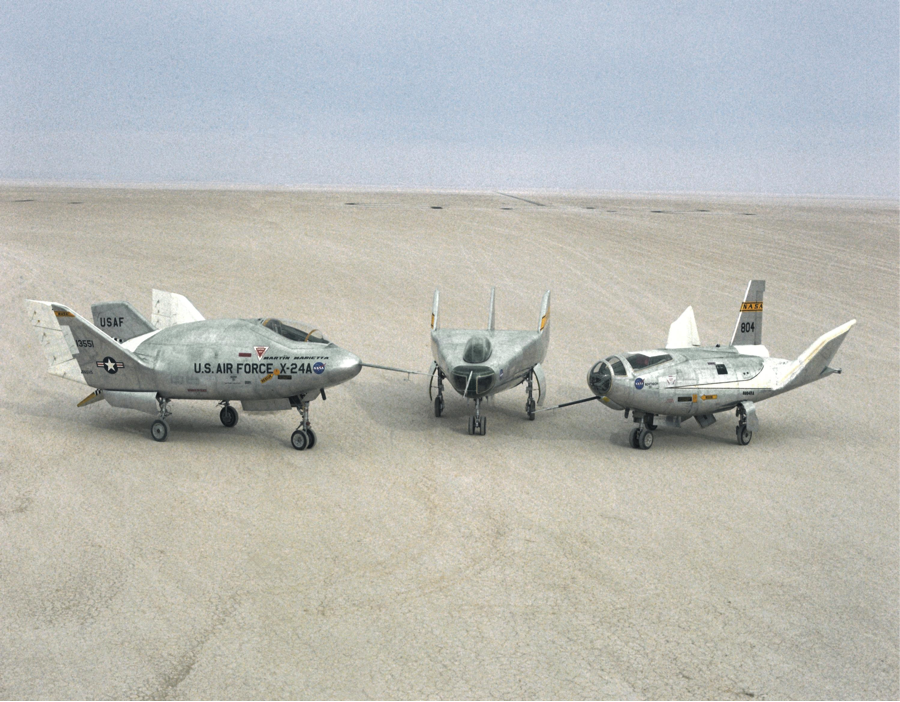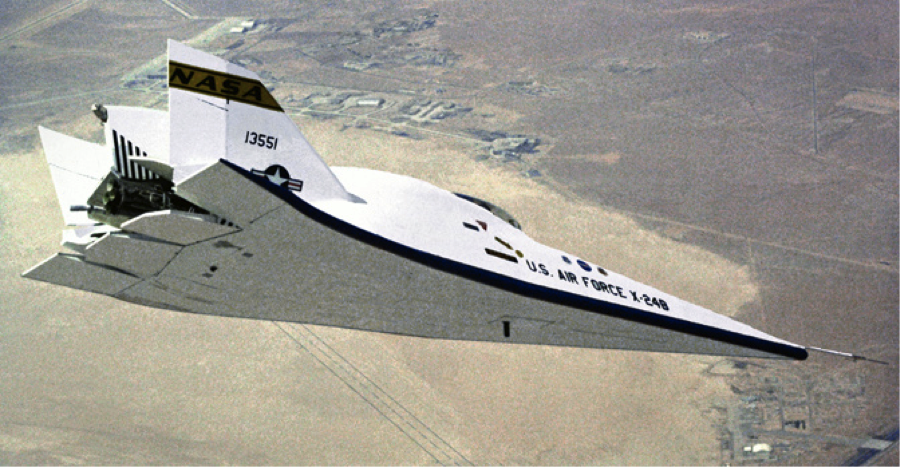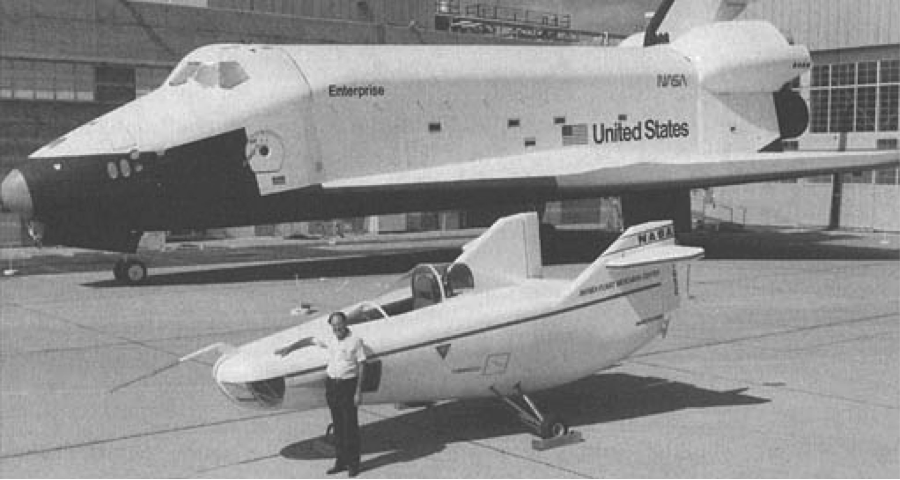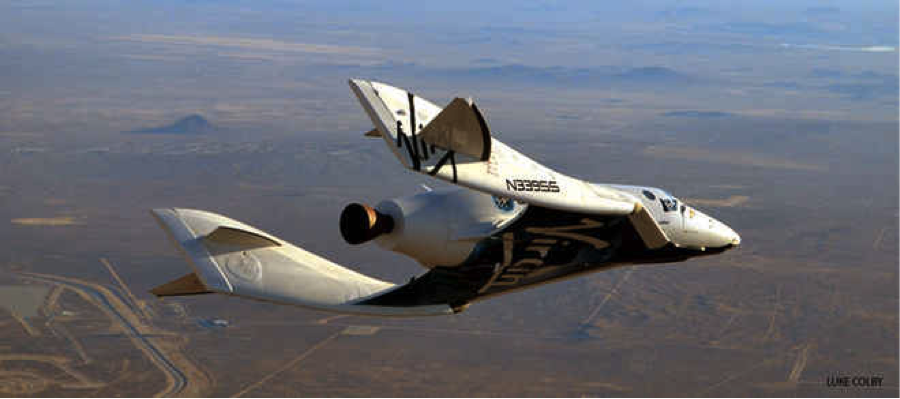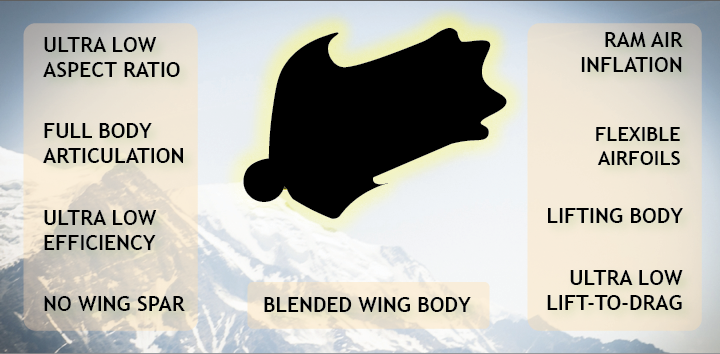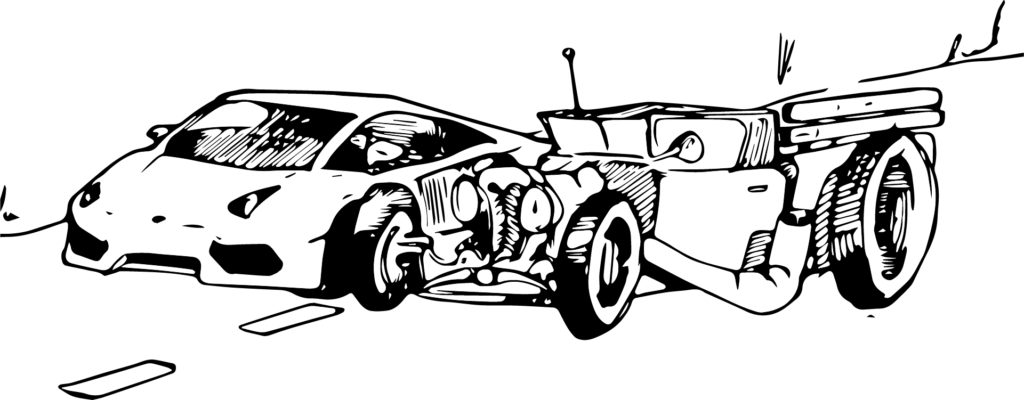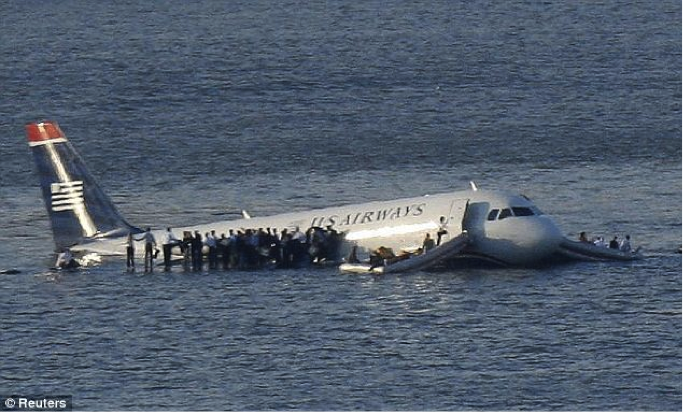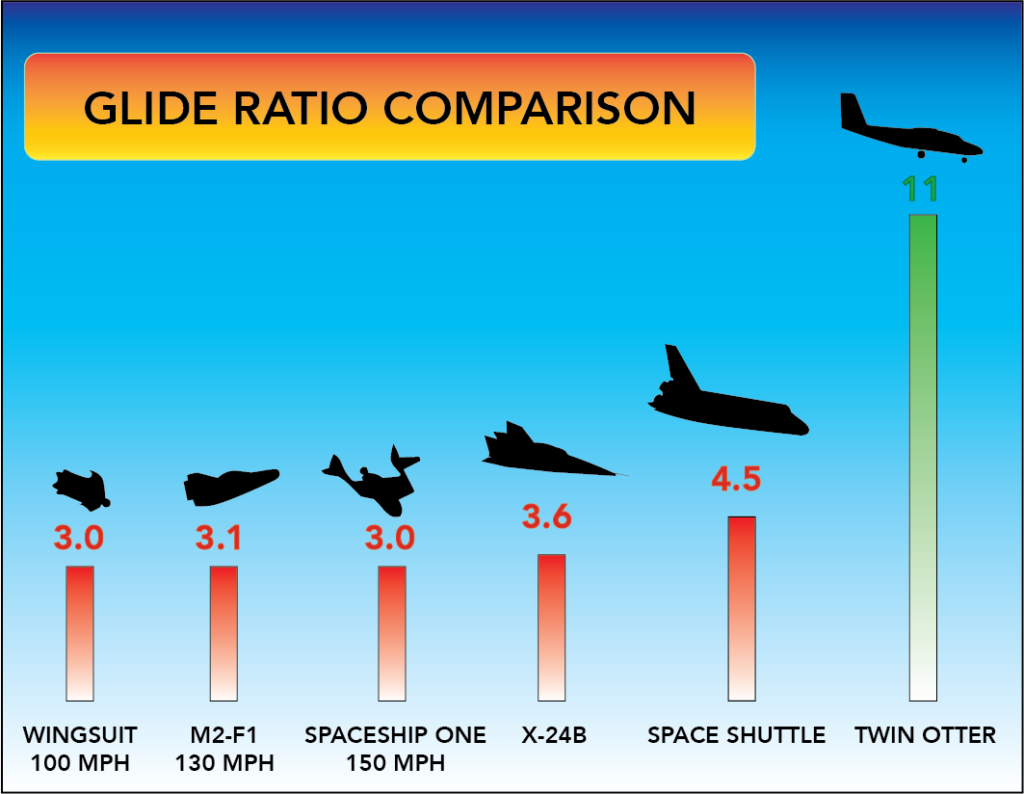Eric, 30, of San Diego, CA, woke up in a French hospital with no memory of how he got there. He tells his full, unflinching story to Topgunbase.
TGB: Eric, congratulations on surviving. Dude, you’re one lucky f***er.
Eric: Thank you, and yes, I’m incredibly lucky. Thanks for helping me share my story. If I can help even one person stay alive by not repeating my mistakes, it’s worth the public confession of my less-than-stellar progression. I owe it to everybody who’s following in a path similar to mine. They deserve my honest attempt at deconstructing how I ended up flying into trees with nothing out.
Can you give us an overview of your skydiving and BASE progression?
I’m shaking my head right now admitting this. Honestly, my first exposure to the sport was literally watching Jokke Sommer on YouTube. I’m not joking. Followed immediately by “I want to do that someday!” At the time, I was 26 years old. I slammed through AFF, sprinted to 200 skydives, and started flying an Acro wingsuit. I had 300 skydives my first year in the sport. I quickly transitioned to a Phantom 3, put about 200-300 jumps on it and switched to a used Vampire 4. I took a BASE FJC almost exactly 2 years after my first skydive. Shortly after that, I ordered a new Vampire Race. Currently, I’ve been skydiving for 4 years (900 total / 550 wingsuit), and basejumping for 2 years. I only have about 80 slider-off jumps, about 40 tracking jumps, and 105 WS base jumps. My WS BASE progression was: 1 balloon wingsuit jump, 2 basejumps on a Havok, then all WS BASE on my new V-Race since then.
Your jump numbers seem a little even and round. Are you estimating or do you log your jumps?
Umm, I don’t really log… no. Well, I log my basejumps. I stopped logging my skydives around 100 jumps. I logged my base jumps for around the first 80, then started just adding to the total after a group of several jumps.
So, with 105 wingsuit basejumps to date, tell me a little about your WS BASE progression?
Well, right from the very beginning, from watching those YouTube videos, I was intent on flying proximity lines. I wanted to fly them ‘well’ and ‘deep’, that was important to me, gunning for the sizzle-video flights I’d seen from the start. I honestly tried really hard to prepare, in what I felt was honest training. But I feel like I kinda lied to myself about my skillset and preparation. I got complacent and, well, look what happened. I knew I was shortcutting some things. Personally, I believed I could grasp ideas and skillsets a bit quicker than most people. But I now admit I wrongfully based that idea on completely unrelated experiences.
How many WS basejumps did you have prior to your first flight in Chamonix?
About 70 WS base jumps.
Did anybody assess your wingsuit BASE skills elsewhere, prior to you showing up to Chamonix?
I actually did have a friend tell me after jumping with him at Panorama that I was ‘good to exit Brevent’. He also made an offhand comment about me flying a little slow. In hindsight, I feel like he was telling me my exit and start was good for Brevent, but I figured the speed comment was something I’d focus on more when I actually was jumping Brevent. Obviously, I needed much more work on flying my V-Race well in full flight.
This was your second trip to Chamonix this year, jumping both Brevent and Midi. What was your gameplan on this particular jump?
It was my second jump of the day off Aiguille du Midi. My idea was to fly a right line towards the refuge to test how different inputs would improve my approach for a fly by. I’d aim toward the mid-station, and see how high I was flying. If I didn’t like how high I was, I would just turn left to fly Cheese Grater line instead. As it turned out, I noticed early that I’d be too low to fly over the refuge, so I flew Cheese Grater
How many times have you flown the Cheese Grater line?
Maybe about ten times, but usually I disconnect half-way down the line, so I can make my normal LZ by the lumber yard area. On one previous occasion, I stayed on the line longer, and still made the same LZ. This was my second time staying on the line longer than normal.
What was going through your head as you turned left to commit to the Cheese Grater line? Did you feel comfortable with your entry and speed? Was anything different from previous entries?
At that moment, I actually felt fine to turn onto the Cheese Grater line. Based on my previous jumps on that line, I honestly thought I would have no problems.
As you’re watching your POV video of this flight [5 sec prior to impact], do you feel you have the speed to aggressively flare and get out of this line?
No, not at all. I was actually expecting to continue flying straight and have the trees drop out from underneath me.
Was this a normal flight condition for you on this line?
Honestly, yeah… Cheese Grater is sort of a flat-ish line. But I had always disconnected at a certain point about halfway down, and I always made my normal LZ.
Looks like you had an ‘out’ to the left about 10 seconds prior to impact, and you didn’t take it. Why?
I hadn’t planned for an ‘out’. I honestly didn’t expect to need one. I was just thinking about flying straight to my normal LZ. In hindsight, I think I was stuck on my ‘gameplan’ and obviously didn’t have the awareness to adjust inflight, especially when staying in the line longer than normal. Combining an already exceptionally slow airspeed with my ‘end of line / maneuver to deploy’ mental state, my wingsuit couldn’t hack it and I stalled my suit into the trees.
When watching your video, I start flinching about 20 seconds prior to your impact. More experienced proximity flyers are likely flinching much earlier. I’m being brutally honest here, but I get the sense that for the 10-15 seconds leading up to impact, you aren’t aware of what is happening until maybe the last half-second. By then, it’s too late and you’re literally blindsided head on. Is that a true statement?
It wasn’t until about the last 5 seconds that I felt the trees below me getting closer than I expected or wanted. Everything before that felt flyable to me.
I’ve seen other impact POV footage where the guys haven’t made it, and you can get a sense in the end game, in the last 2 sec, by their body posturing, where they are looking, whether they’re flinching or bracing, you can definitely get a sense of their awareness level. In your video, honestly, I see nice smooth footage all the way to impact. It’s almost like you take a face shot. ’Dude, he just flew into trees at full flight without flinching!’ Is that assessment correct?
There were things I was not aware of in my last few seconds of flight, and some things I was aware of. But in this crash situation, I did not flinch, brace for impact, or change to a body position that might worsen my situation. My skill level and knowledge pool was not high enough to keep me from stalling into the trees, but I knew the best chance of surviving my impact into the trees was to keep a flying position at all costs.
Have you ever heard of the saying “Never run out of Airspeed, Altitude or Ideas”?
Actually no, but it’s pretty obvious I ran out of all three.
There’s a difference between 1) Awareness of something wrong and not doing anything about it, and 2) NOT being aware of something wrong at all… and I guess that’s where I’m digging in the weeds and trying to figure out which is at play here.
I think it’s a little bit of both. Towards the end of my flight, I started feeling I was a bit low, but not so low that I couldn’t make it to my usual LZ.
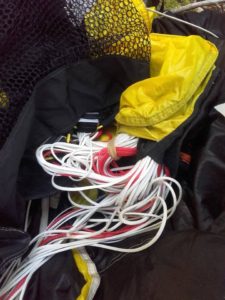
PC: François Gouy
You didn’t pitch. The primary stow band was still engaged on your lines when PGHM got to you. Knowing that you didn’t pitch, what’s your reaction?
I still thought I was going to make it to my LZ. By the time the ‘Oh shit!’ window arrived, it was too late. I felt my chances of flying this out were better than pitching early in a shitty spot.
What’s your honest assessment of your qualifications, having now been in skydiving for 4 years, BASE for 2 years, 80 slider-off jumps, 40 tracking jumps, and only 70 WB jumps prior to Chamonix? Do you think your experience qualifies you for flying technical proximity lines at Brevent and Aiguille du Midi?
Absolutely not. But here’s what I was thinking. I figured I could fly the lines best by first flying them ‘not so deep.’ Then I’d work my way up [down?] by flying them a little more aggressively as I got more and more comfortable with each one. With this method, I thought I could learn how I needed to fly them.
At the time though, you did feel qualified and prepared to show up to Chamonix by yourself. So many other jumpers are in the exact situation as you. Can you expand on how you convinced yourself you were ‘good to go’ on your first Chamonix trip?
My friends had introduced me to the exit and start logistics of both Brevent and Midi. I had already flown similar exit profiles and my exit and start performance history was solid. As long as my starts continued to be good, I wasn’t worried. But, I also continued to fly lines more and more aggressively as I got comfortable with them.
My personal recommendation is to hold EXPERT status in 1) Skydiving, 2) Basejumping, and 3) Wingsuit Skydiving, prior to your first WS basejump. How would you rate yourself in these 3 categories when you started WS BASE?
Skydiving: I wouldn’t have considered myself an expert skydiver when I started WS BASE. I was lacking in certain all-around skills, such as free flying.
Basejumping: I wouldn’t have considered myself an expert here, either. I lacked certain disciplines, such as aerials. However, I did feel I knew enough about exit safety, equipment, and obstacle avoidance to WS BASE jump.
Wingsuit Skydiving: This area is actually the closest I felt to an expert category prior to starting WS BASE, even though I’m still not there yet. At the time, while I did feel experienced, I didn’t feel like an expert because of 1) poor performance in my ‘big suits’ and 2) the lack of comparison to people who flew similar suits to me in my area.
Wingsuit BASE was your goal before your very first skydive. You currently have around 550 wingsuit skydives, which is a decent amount of practice time. Yet, you ultimately stalled into the trees by not flying your suit fast enough. Do you think this stemmed from a lack of WS BASE academic training, or rather a lack of appropriate skills training?
Both, actually…
Good friends of yours were concerned about a slow flight you had only a week prior in Walenstadt… slow, at least when compared to them. With your exit weight of about 220lbs, you’re also considerably heavier. By definition, you should be flying faster than them just to maintain the same relative stall margin. Taking this all into account, what was your honest assessment of your speed capabilities when they talked to you about flying too slow?
I just brushed off their small comment about speed because they didn’t address it like it was a big issue. That flight itself didn’t feel different from my previous flights elsewhere. I wouldn’t say I was lying to myself, but I honestly thought my WS BASE performance was good enough. I knew I was slower than some people, and honestly tried to keep that in mind when considering new jumps or lines. I might not have been the best, or better than anyone, but I definitely felt good enough to fly most lines. I now realize I was getting complacent really fast. Although I had been keeping a margin for error, once I got to an advanced place like Chamonix, the margin for error dropped considerably without me fully realizing it. I thought I was good enough, fast enough, and knew what I was doing… I let myself get complacent and too comfortable flying slow. It turned out to kill me, except that I lived.
Throughout your jumping career, has anyone ever pulled you aside and cautioned you to slow down and pace yourself?
Yeah, actually there was one friend who did exactly that. He didn’t basejump though, so I didn’t really give his advice much consideration. I thought I knew what I needed to train to, and I thought I was progressing well within my means.
I couldn’t help notice that you were rolling solo in Chamonix. Is that normal on BASE trips for you?
Yeah, it actually seems to be a theme for me. My first WS BASE jump was with another guy doing his first WS BASE jump, too. So, not exactly the best way to start. Since then, my few trips have sort of been on my own despite my efforts to get friends to join. Schedules, right?
So, no mentor to keep an eye on you and show you the ropes, or critique your progress?
Not really…
You woke up the night of your rescue in Annecy Hospital. What do you remember after waking up?
I thought I had died. I had no idea what I was doing there or where I was. I couldn’t remember anything after the first jump of the day, except for a faint memory that I had been jumping. Utter confusion. Turns out I had been laying in the forest for over 3 hours until some trail workers heard me calling for help. I had moderate brain trauma. I couldn’t think or talk straight. I hurt everywhere. I couldn’t speak French. I didn’t have my phone. I was alone and in a state of utter confusion.
François Gouy of PGHM was the guy who pulled you out of the forest. He’s a former wingsuit basejumper, and a few of us actually had dinner with him a few days before your crash. Brandon Russell and I went to the scene looking for your GoPro. Dude, there was blood, tree carnage and debris everywhere. You flew through an 8” diameter tree trunk and snapped the top 20’ completely off. Your debris trail was almost 300’ long. How on earth do you explain being alive, let alone essentially unscathed?
I absolutely shouldn’t be.
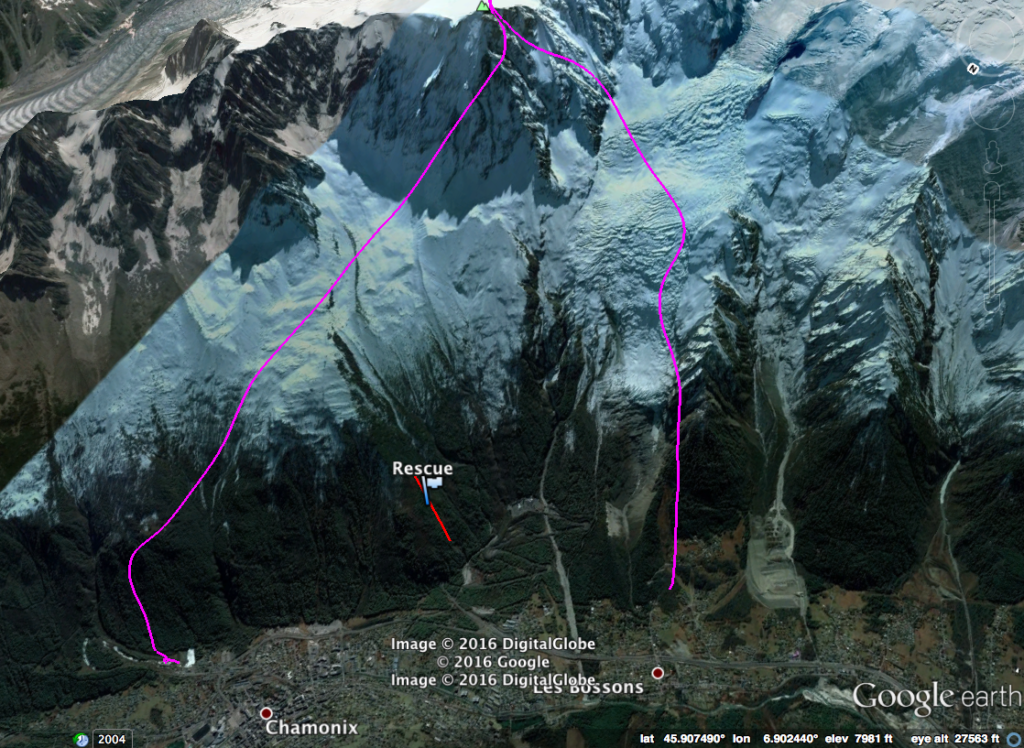
Red flight line inferred from debris trail
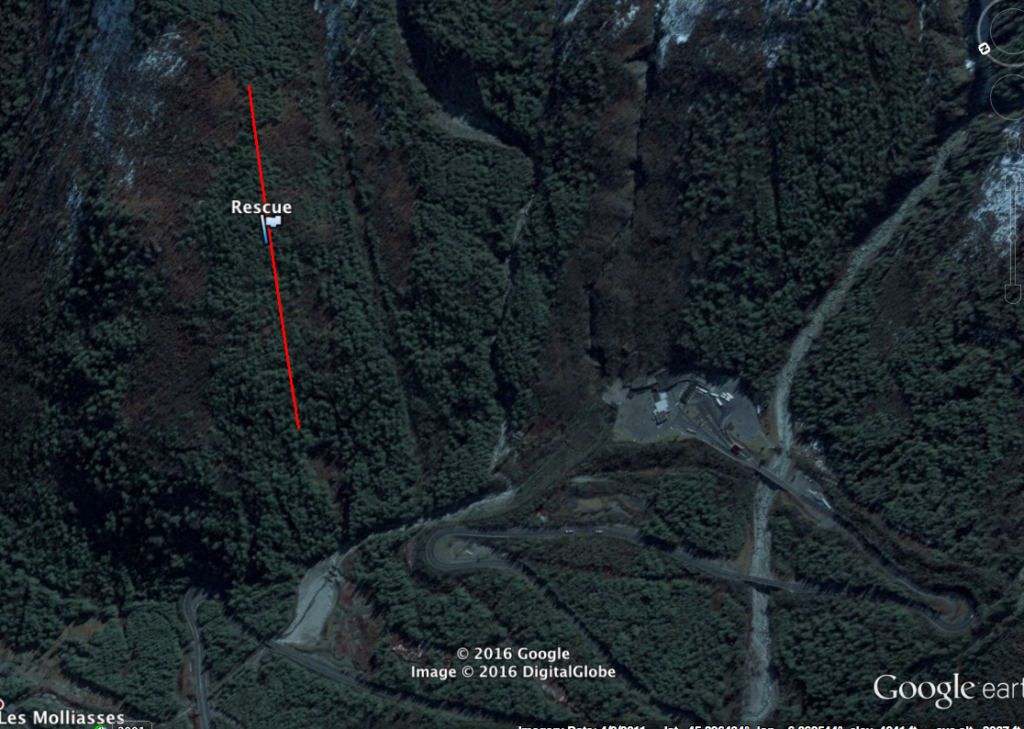
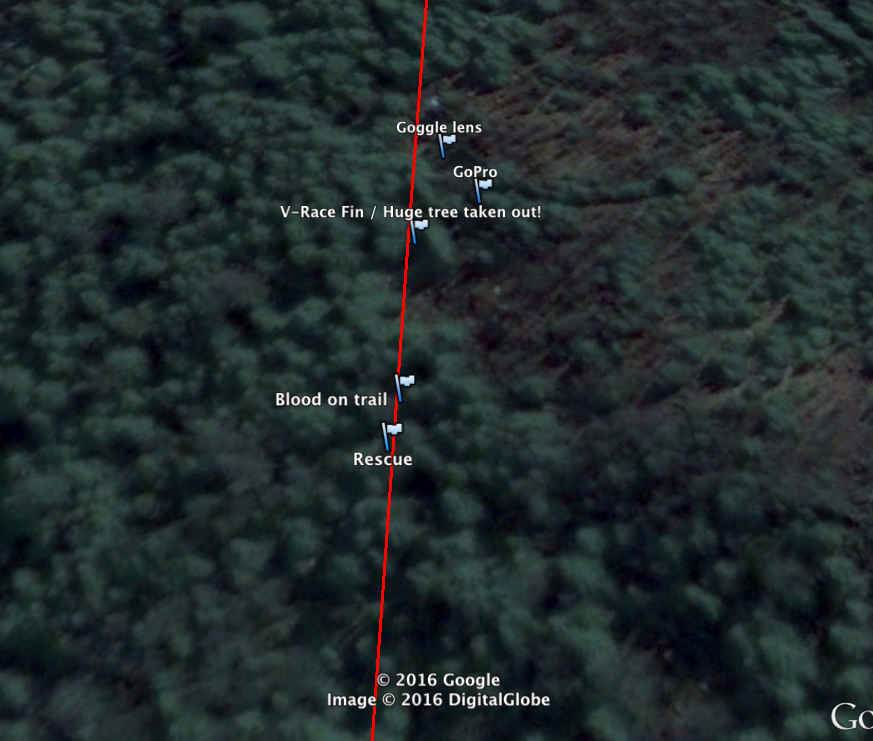
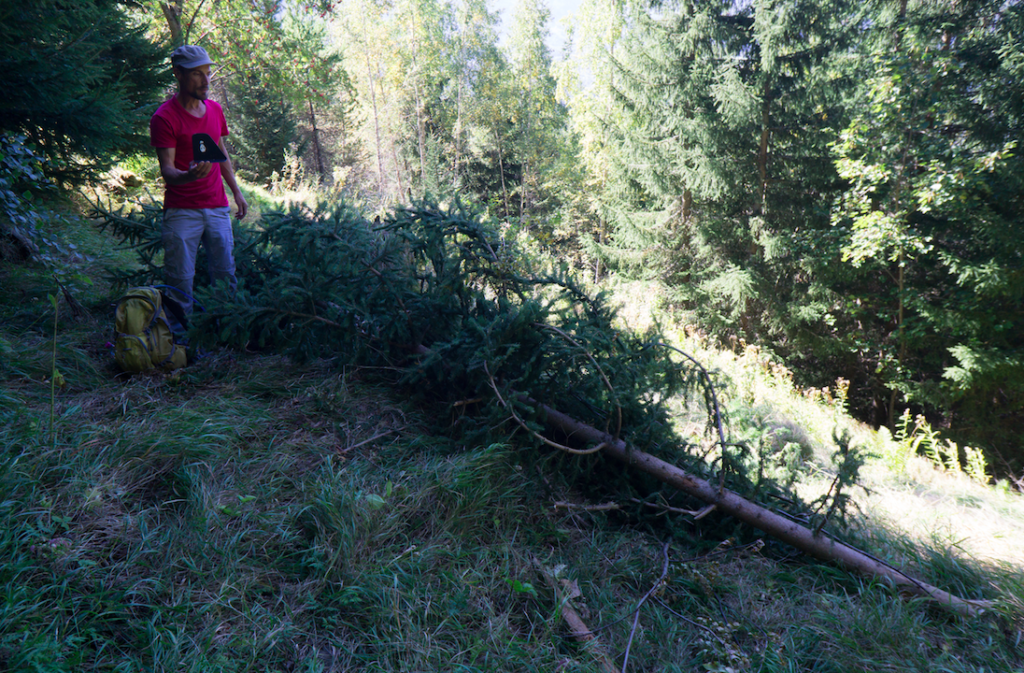
Someone is missing a fin… and a tree is missing about 20′ off the top. PC: Brandon Russell
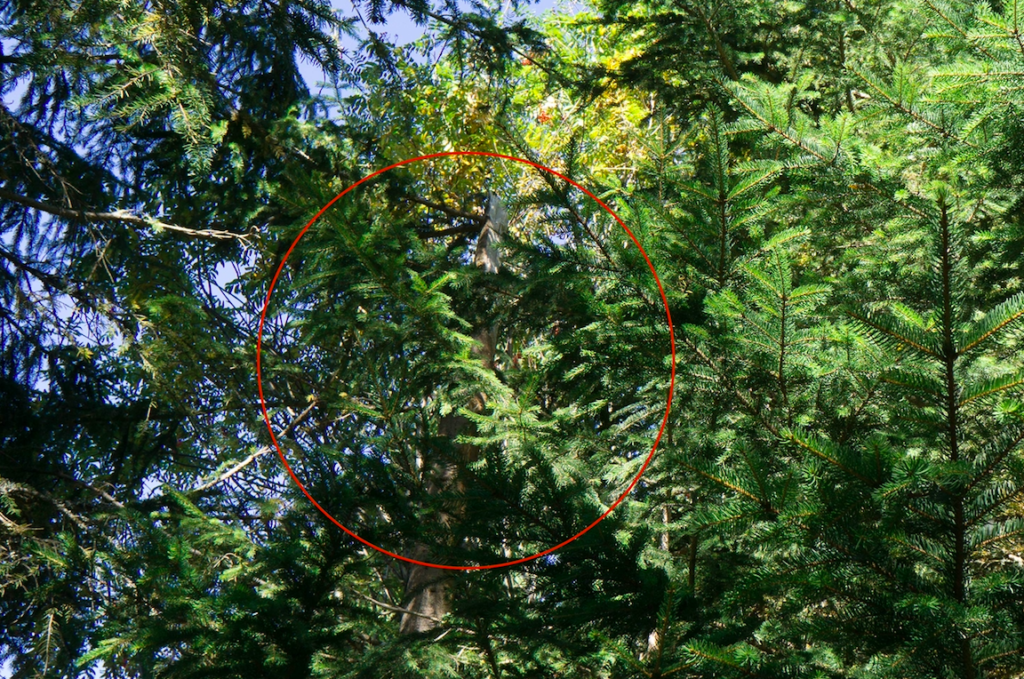
… found it! PC: Brandon Russell
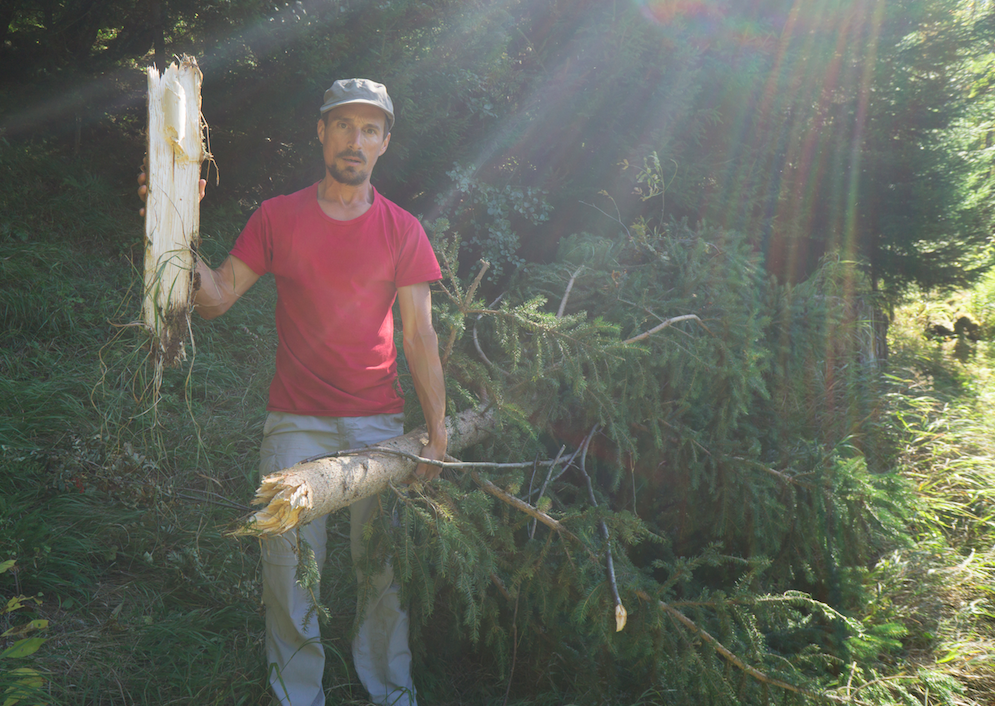
A human body took out this tree… and lived. PC: Brandon Russell
Looks like you’re well on your way to a full recovery. Any intentions of getting back in the air? If so, what are you going to change moving forward?
Yes, I can’t wait to get back into wingsuiting. Maybe not WS Base, but definitely skydiving. And here’s what I’m going to work on when I get back: SPEED! I need to COMPLETELY understand how speed works, what actions lose it, what actions gain it. Everything about speed. On top of that, I’m going to change my mindset to foster a 120% understanding of every single aspect of flying a wingsuit.
Last question. Based on everything we’ve discussed, what are 2 or 3 things that, to those who are following in your footsteps, fast tracking into wingsuit BASE and cutting corners, watching all the sizzle clips from Jokke Sommer, Graham Dickinson (RIP), Alex Polli (RIP)… what are your recommendations to those individuals, now that you’ve lived after going in!
I blatantly, honestly screwed up flying a suit way outside my current skill level, on a line way outside my current experience level. I honestly thought I had put in the hard work in wingsuit skydiving. I mean, I’ve got 550 wingsuit skydives. Those are decent numbers for starting wingsuit base. But when I look back on it, especially when I was flying that used V4, I always felt like the underdog. Guys in newer suits were flying higher and faster than me. Everybody told me that the new suits flying higher and faster were made to do that, especially compared to my V4. I didn’t even really understand that with my weight [220lb out the door], I should be a missile compared to the lighter guys, and yet they were beating me consistently. So, the red flags were there from the beginning, and I didn’t know enough to recognize them. I wasn’t learning to fly my suit well, I was just accumulating jump numbers and thinking the skills would come with jump numbers. I now realize it doesn’t work that way. My progression, especially once I took my BASE FJC, was way too fast. I tried but couldn’t find a mentor willing to show me the ropes. That bothered me very much at the time, but I figured people just didn’t want to deal with the responsibility. I thought I knew what I was doing, so I just continued on the path by myself, doing what I thought was correct.
One of my friends was pretty shaken up. I’d flown with him in Walenstadt just a few days prior. As it turns out, he had really wanted to tell me how concerned he was about my slow flying. He didn’t, he kept quiet. After my crash, he felt so bad, because if I actually had died, dude, he would have carried that guilt of staying quiet for the rest of his life. There are so many things to take away from this. If you see something dangerous, man up, grow a thick skin, and say what’s on your mind, right then and there.
To those starting from square one, who are looking to be the next Graham Dickinson, I would say this: Cut No Corners. At the end of the day, how well you fly your wingsuit is what keeps you alive.
From TGB:
I met Eric for the first time about 1 week prior to his accident. Turns out, we both have the US Navy in common. We talked about military jobs, deployments, nothing deep. That’s all changed. Eric and I talked for almost 3 hours straight for this article. We got deep. Whatever Eric lacked in wingsuit preparation prior to his accident, he redeemed himself with candor, humility and genuine intent on getting his story out to unprepared wingsuiters like himself. His honest, unflattering answers to tough questions are a true testament of his character, and I truly can’t wait to see him get back in the air.
So many things to take away from this— I’ll try to summarize the high points:
- This fatality (let’s face it, Eric ‘died’) started with huge social media influence. Most newbie viewers never realize that: A) It took over 20 attempts on the same line to get the one perfect video clip that goes viral, and B) The videos that hooks newbies are flown by world-level pilots at the top of their game with years of WS BASE experience and many hundreds of wingsuit basejumps.
- A wolfpack of one doesn’t do well in BASE. Research shows that the number one demographic for deaths in the Grand Canyon is an 18-30 year-old male, ALONE! They get dumb ideas, do dumb shit, and there’s nobody around to throttle them back. The same is true for Wingsuit BASE. Running solo also makes it hard for rescuers, medical personnel and local jumpers to help with all those fun post-impact logistics… especially if you haven’t woken up yet (or don’t wake up) from your impact. In this accident, we were firing texts out to everybody… “Does anybody know Eric’s last name?”
- I’m not in BASE to make friends. But I prefer to keep the friends I do make. I’m guessing you do too. If you see something/someone/anyone/anything unsafe… man up and speak your mind right away. Don’t worry if you piss that person off. You’ll gain the respect of your peers by demonstrating the responsibility of calling out shit that needs to be squared away. Especially if that dumbshit is me. I’ll be pissed if I hear you kept your mouth shut on something unsafe I was doing, but didn’t have the stones to tell me to my face. Make sure your concern is heard and understood.
- Don’t trust jump numbers to tell you if you’re experienced or prepared. My current working definition of experience is this: Experience = Jump Numbers + Demonstrated Proficiency + Time in Sub-Discipline. Shortcut any one category, and you’re an accident waiting to happen.

 Our red pen, over Matt’s diagram in Wingsuit Deployments, Part 1.
Our red pen, over Matt’s diagram in Wingsuit Deployments, Part 1.








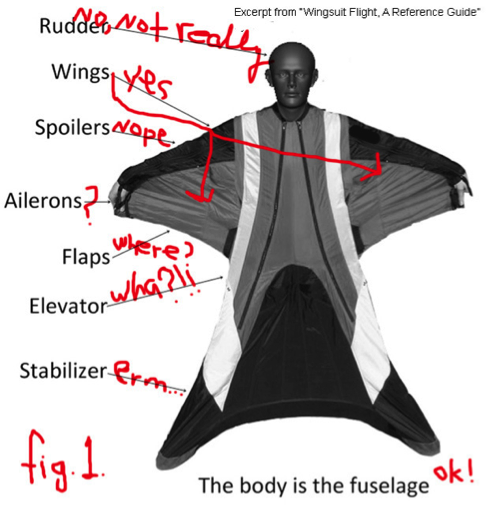
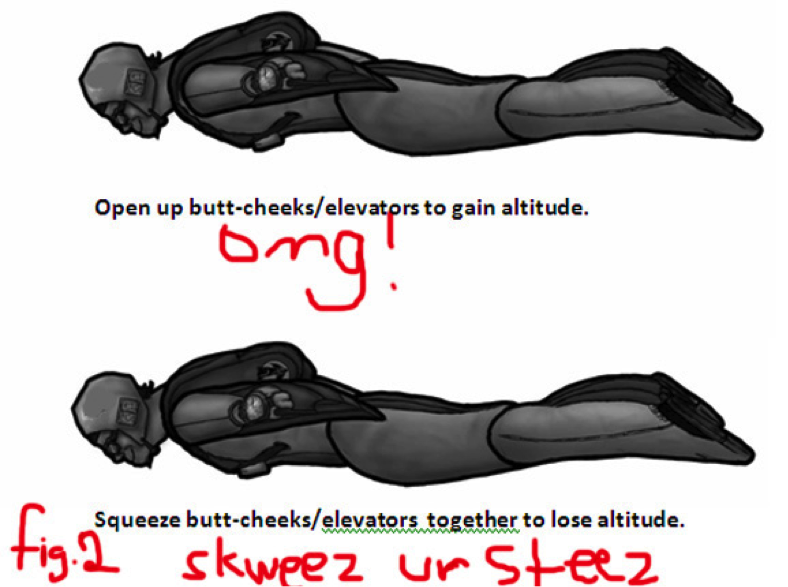
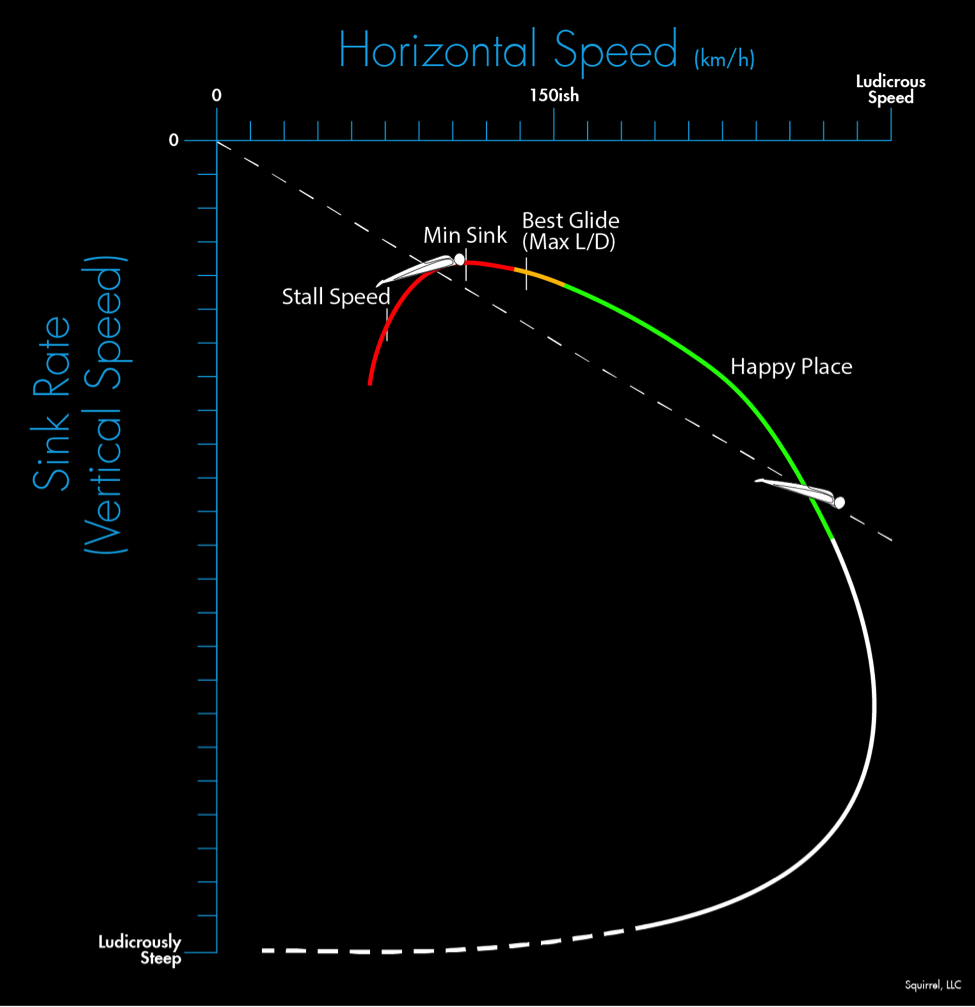 Figure 2. Polar Curve. To increase horizontal speed, one must increase vertical speed. Repeat after me: It’s ok to go down faster, It’s ok to go down faster…
Figure 2. Polar Curve. To increase horizontal speed, one must increase vertical speed. Repeat after me: It’s ok to go down faster, It’s ok to go down faster…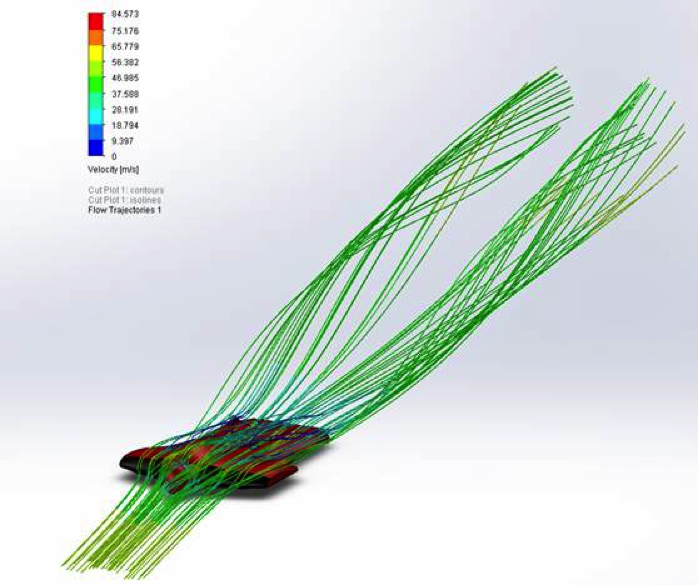
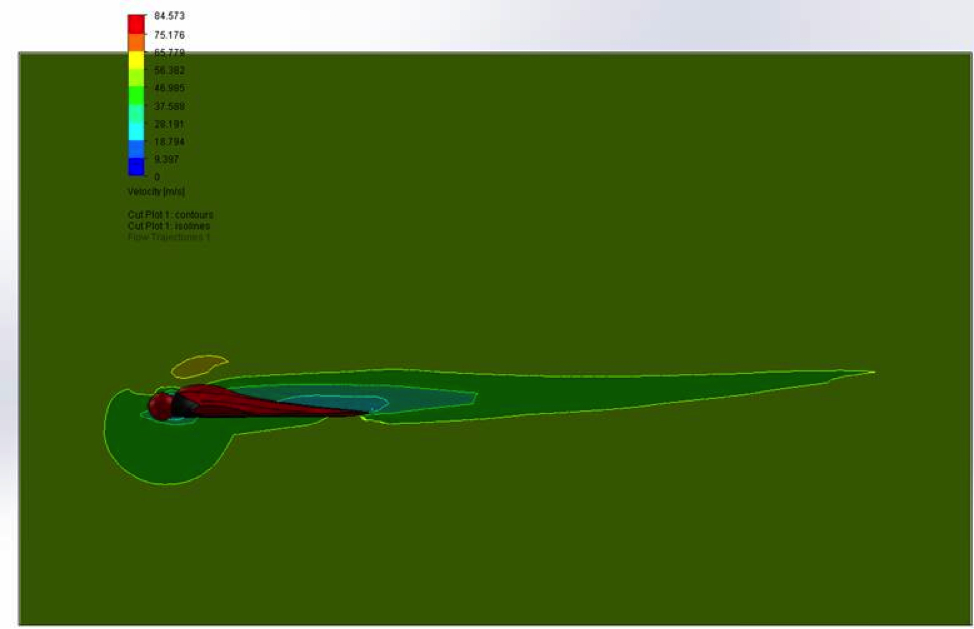 Figure 4. Velocity Cross section of a Squirrel Prototype (AoA not illustrated). The Center of Pressure is behind the pilot’s head.
Figure 4. Velocity Cross section of a Squirrel Prototype (AoA not illustrated). The Center of Pressure is behind the pilot’s head. 